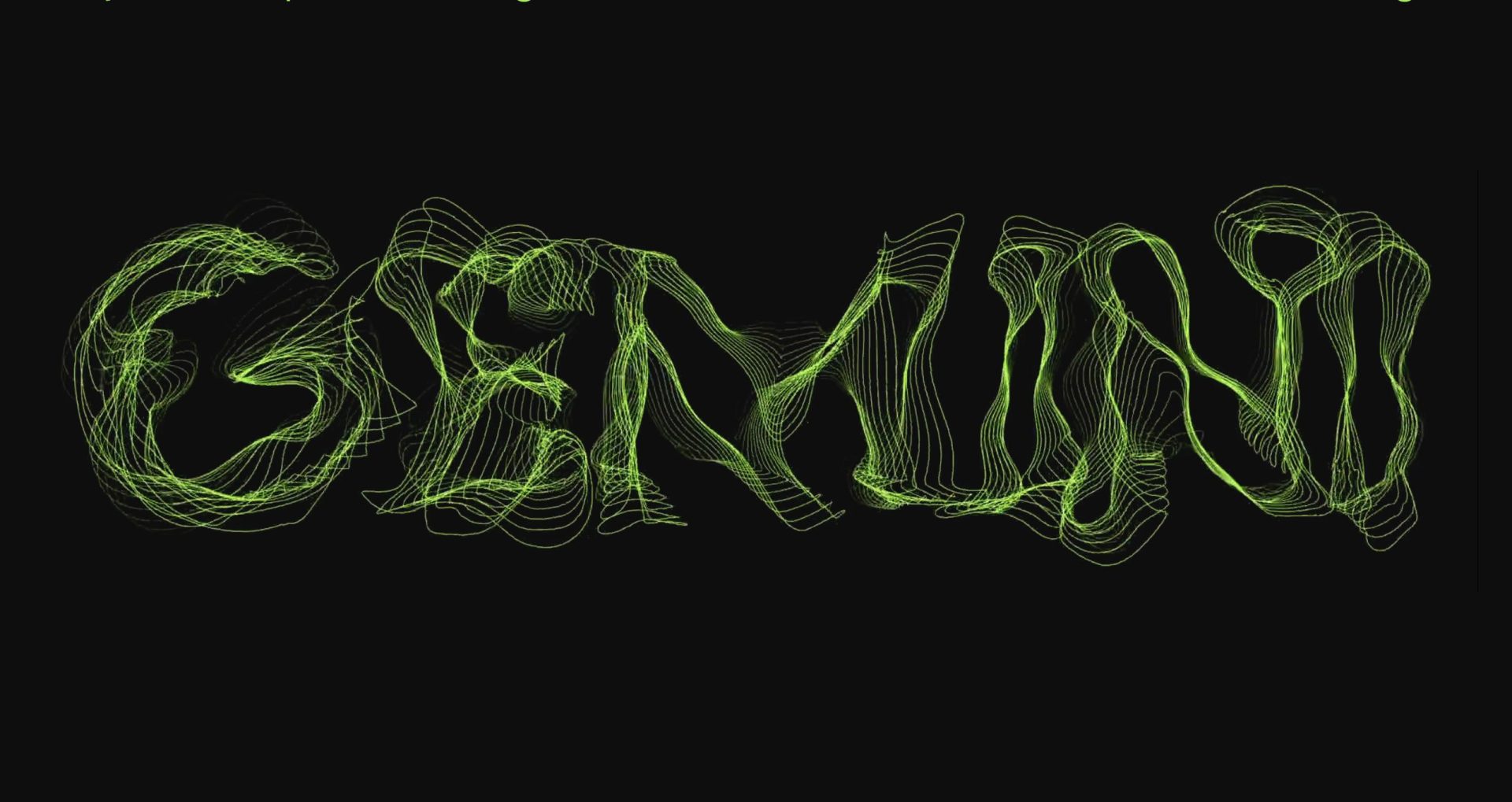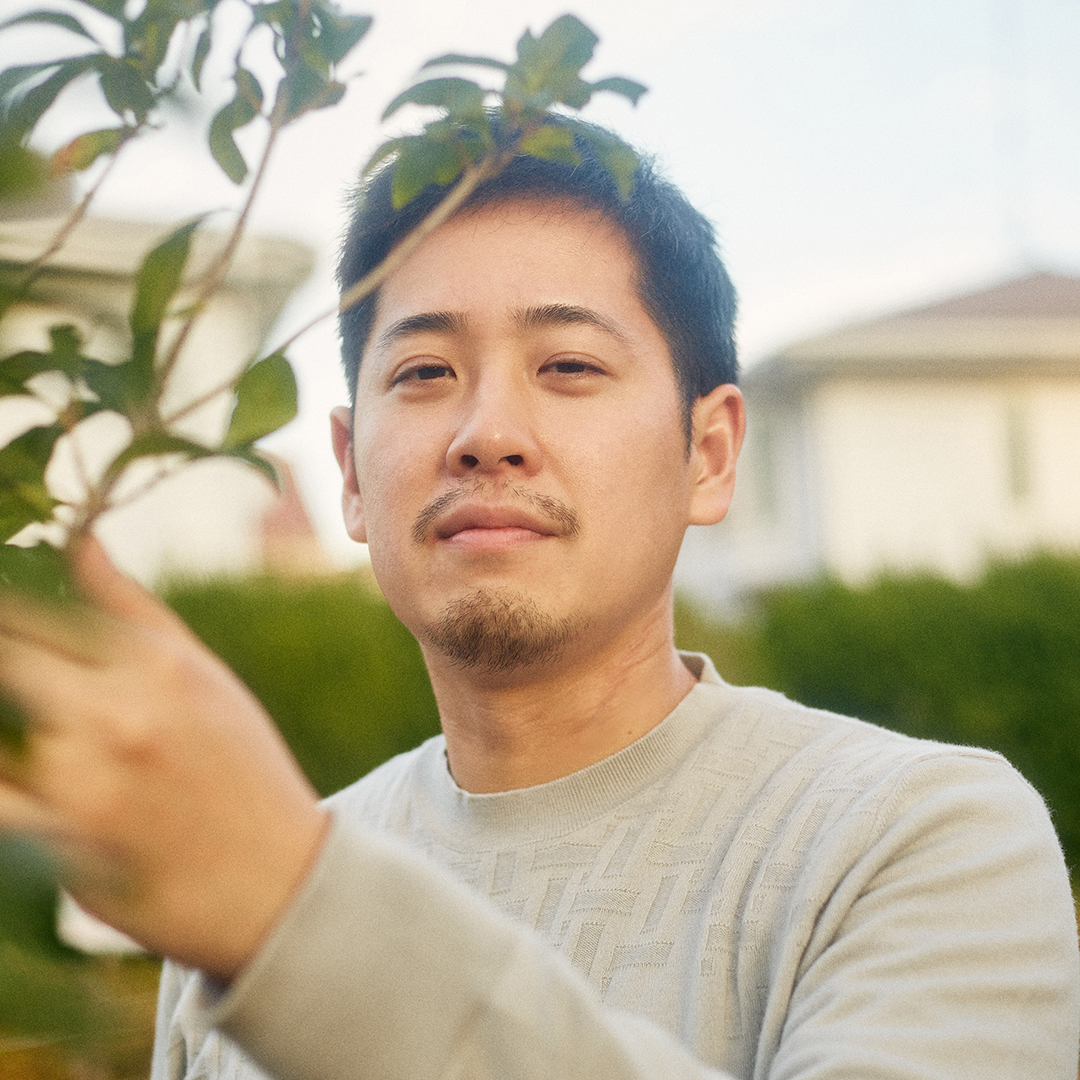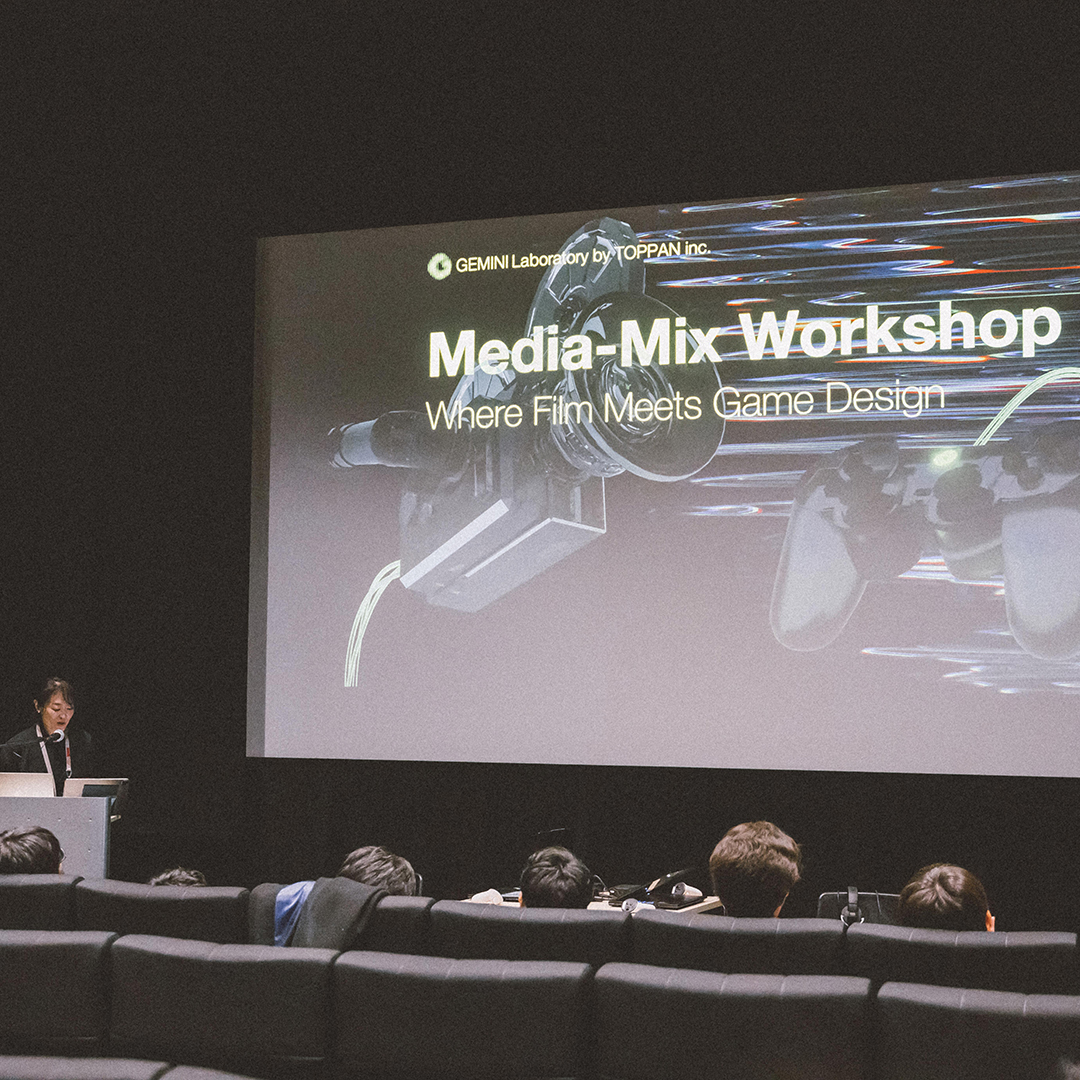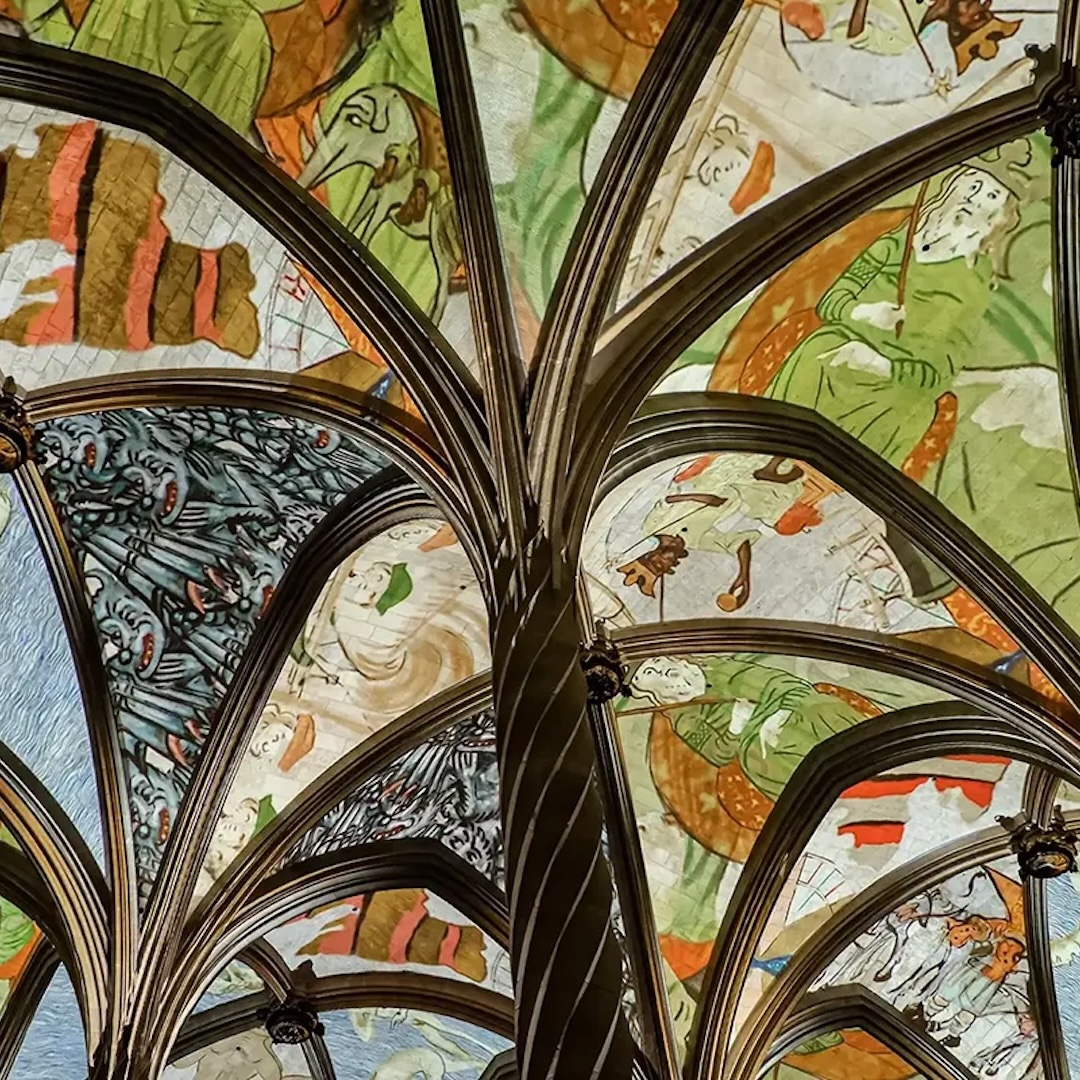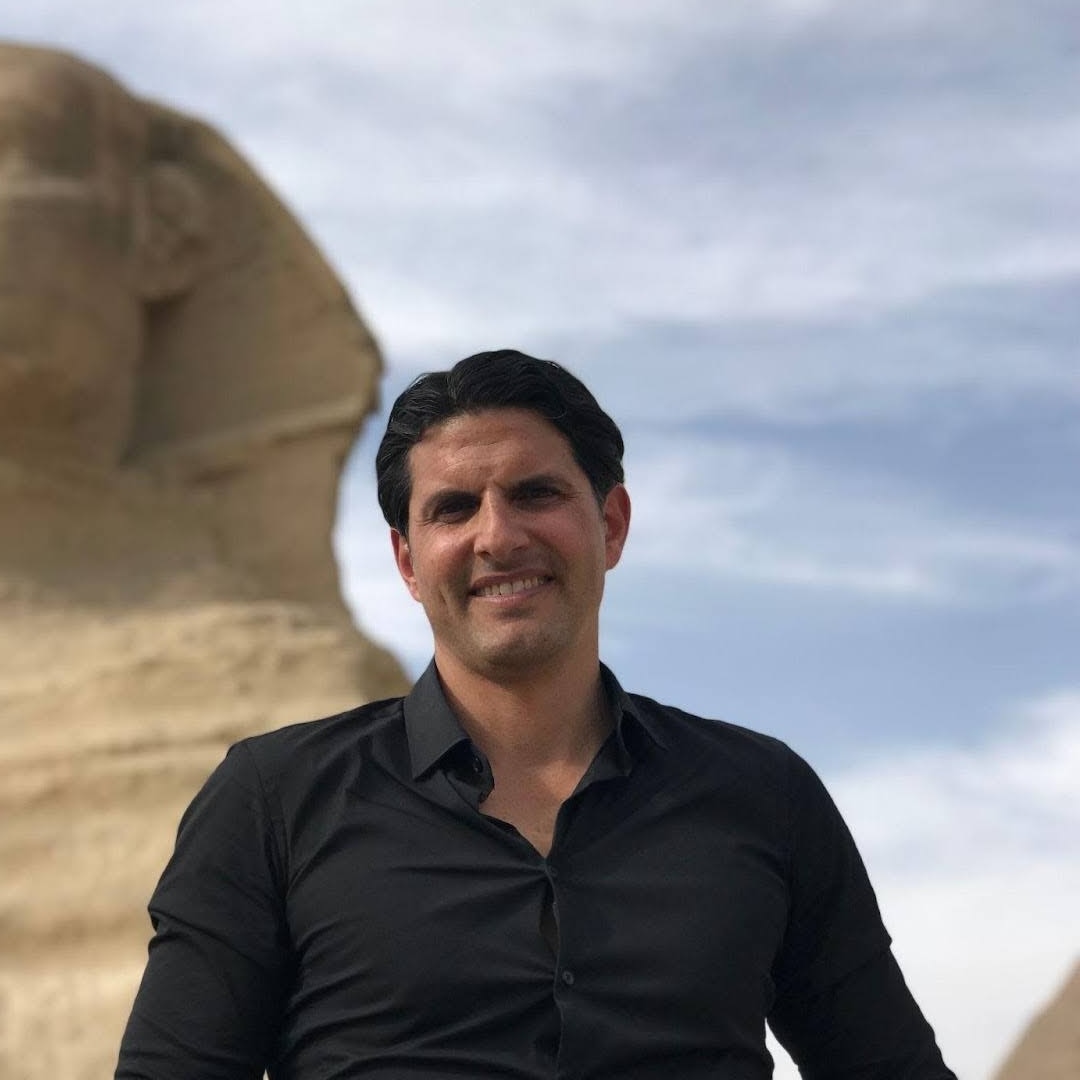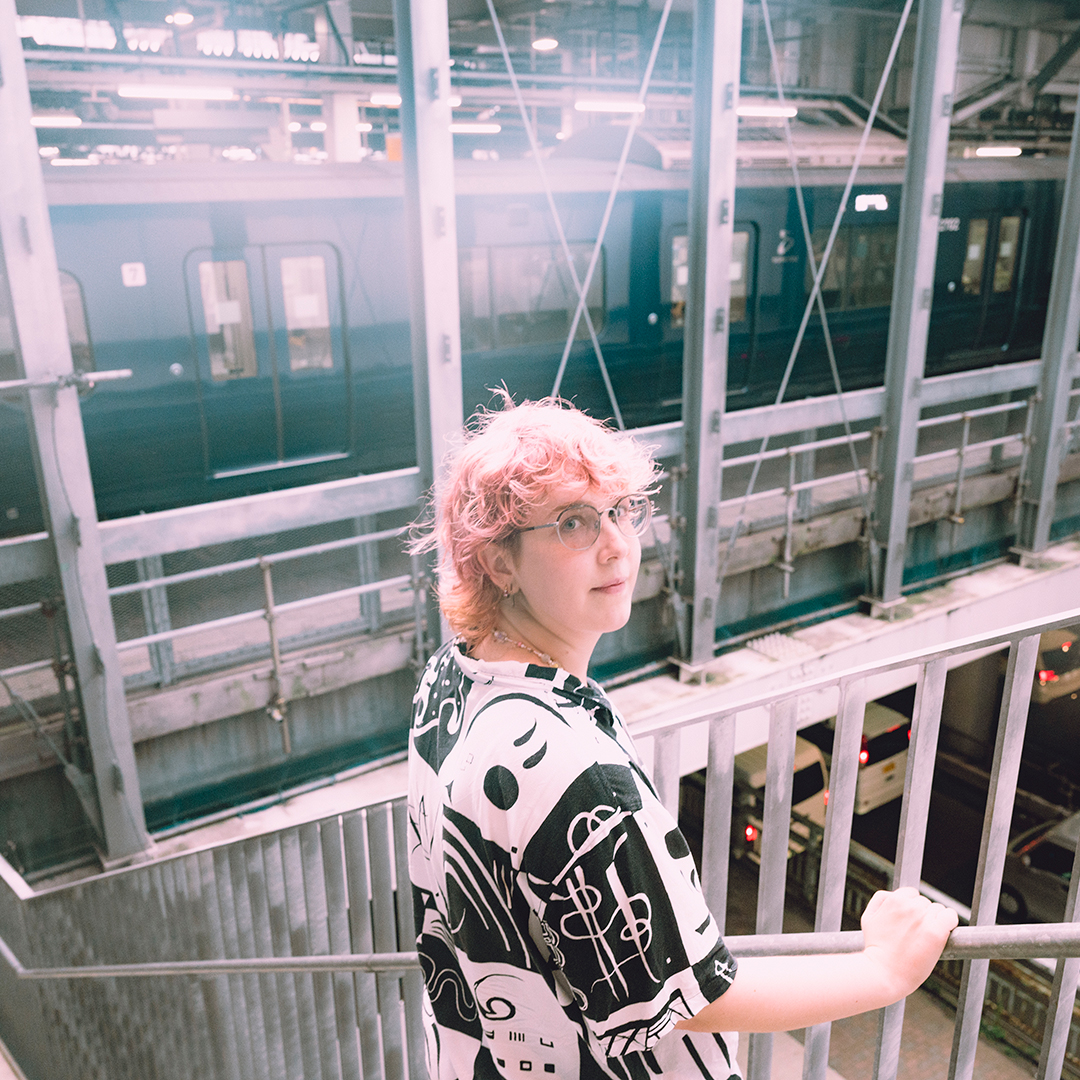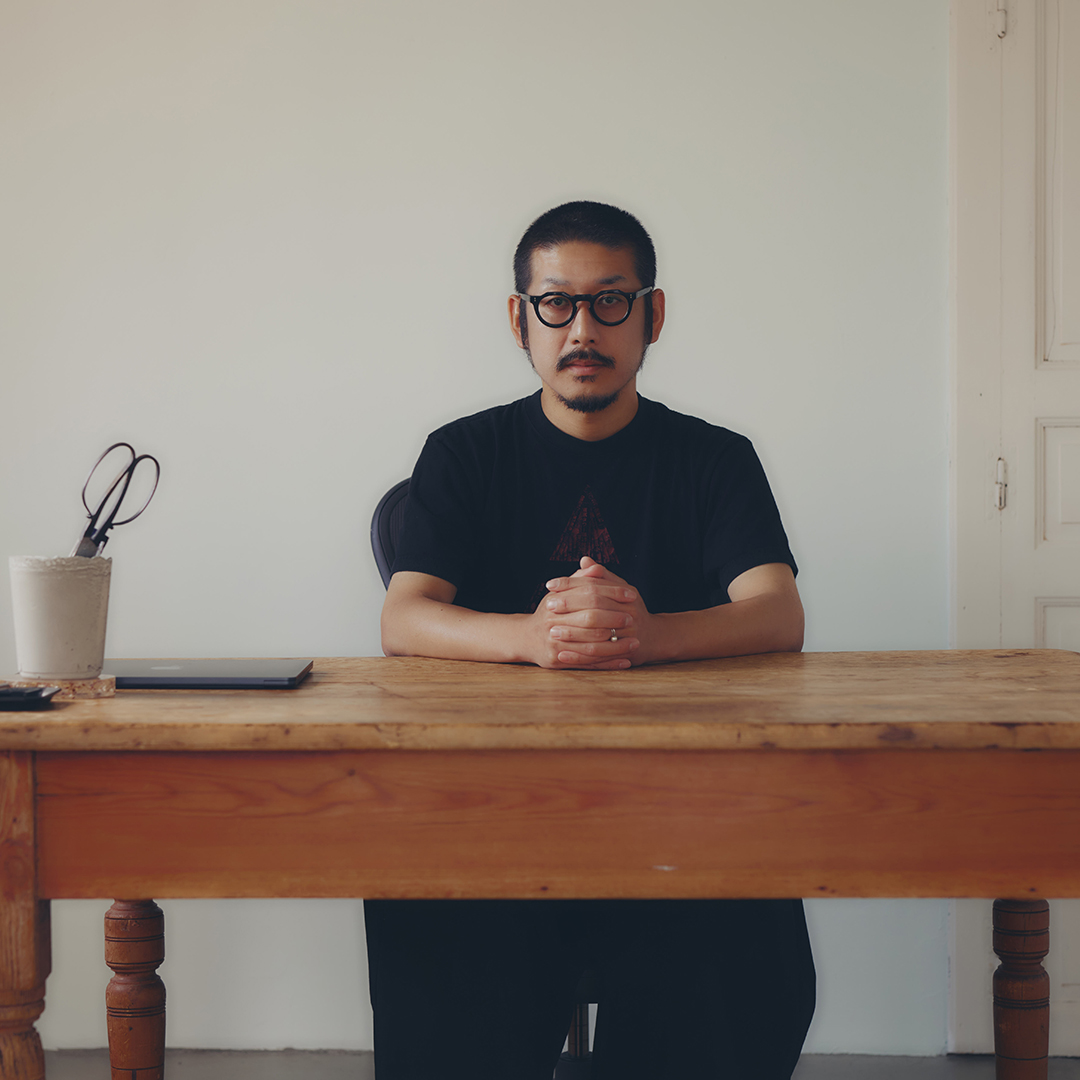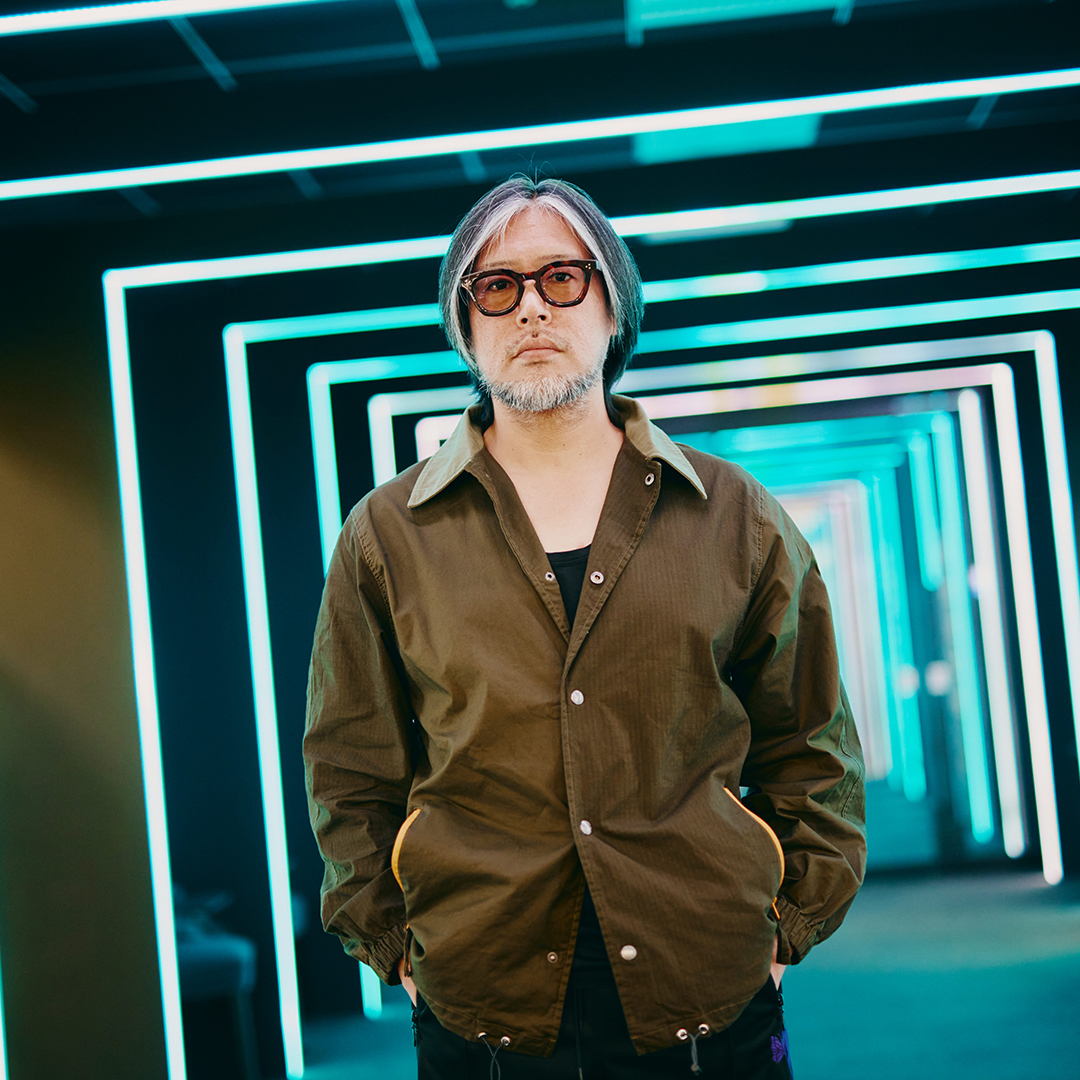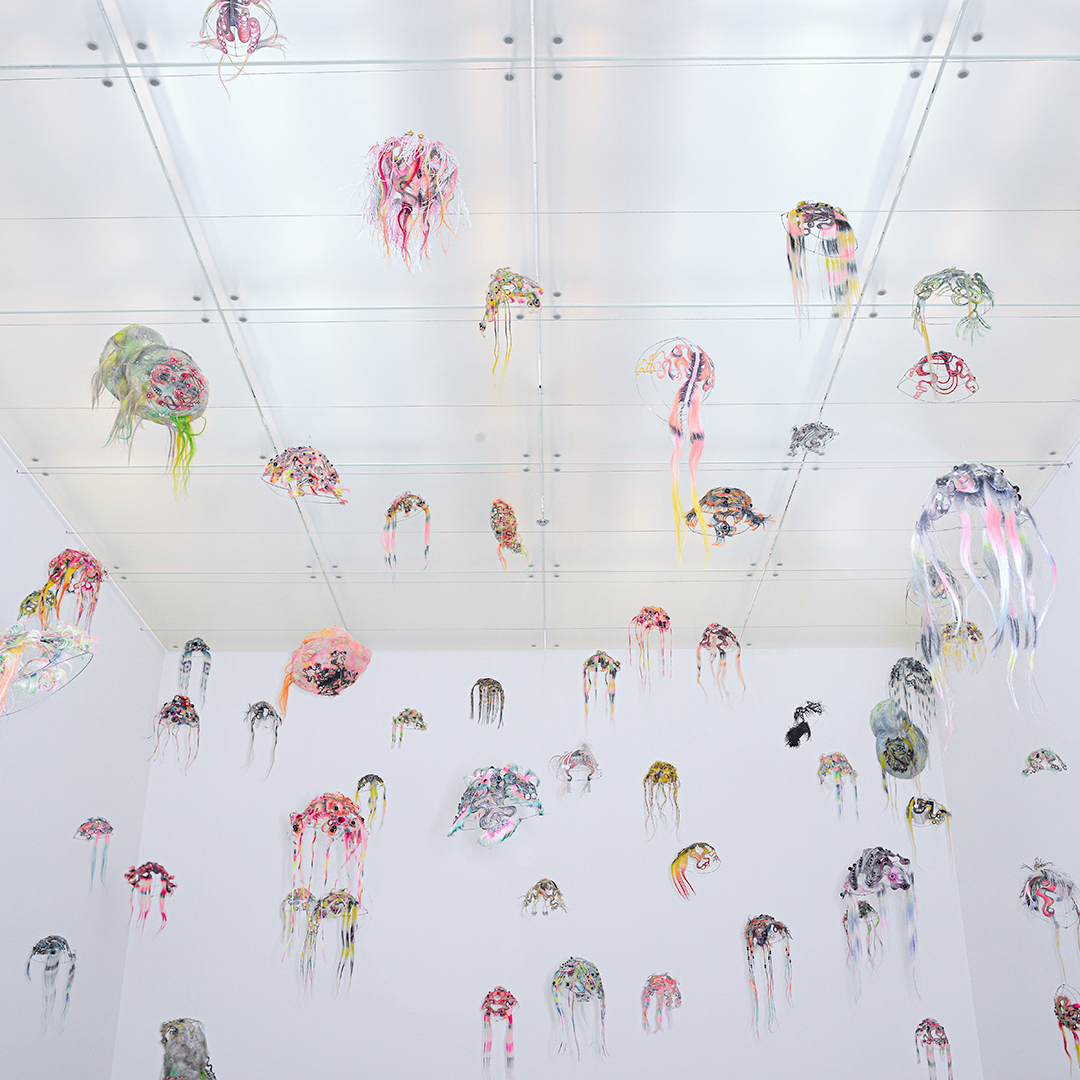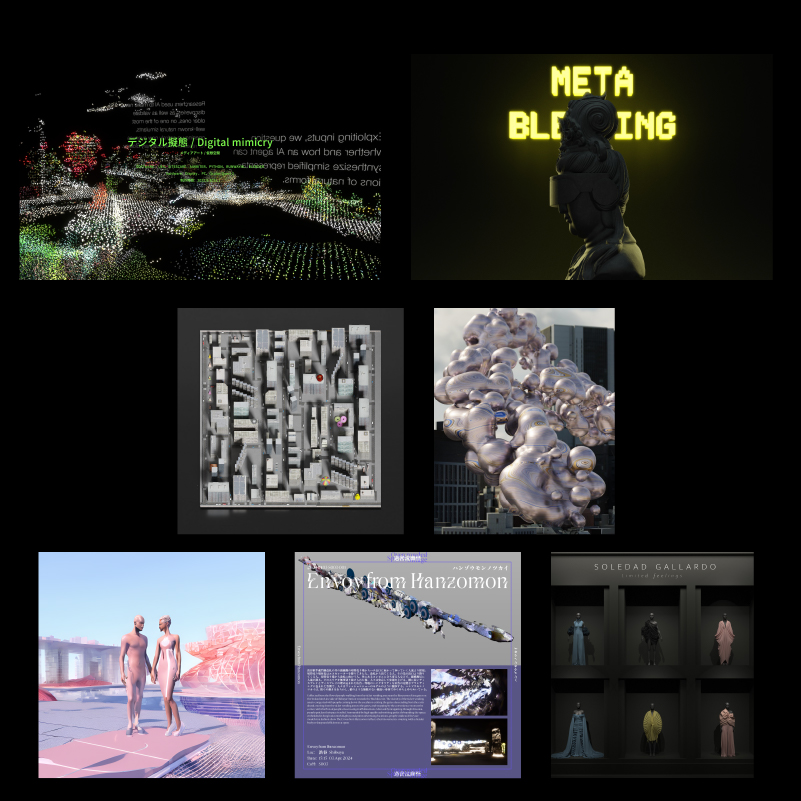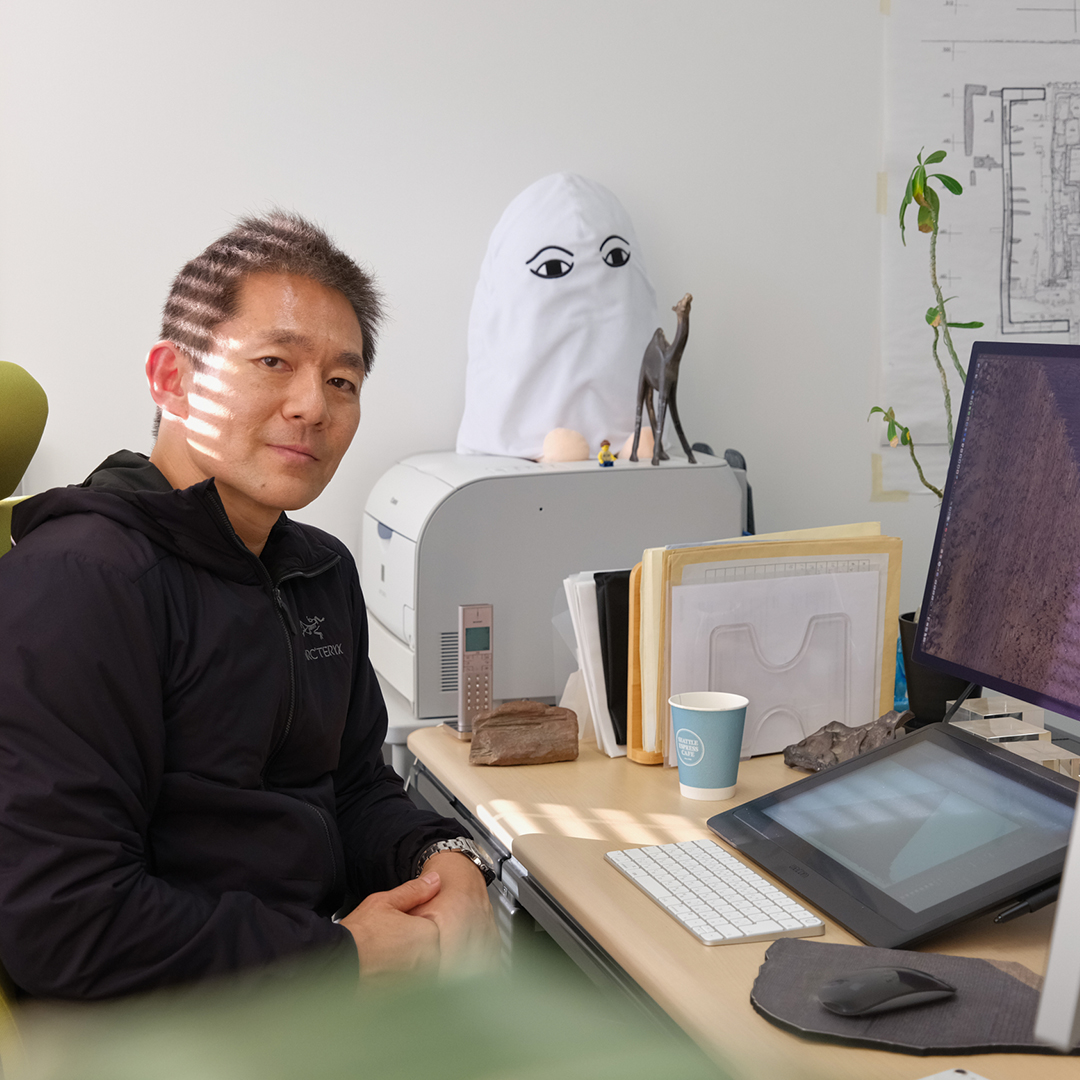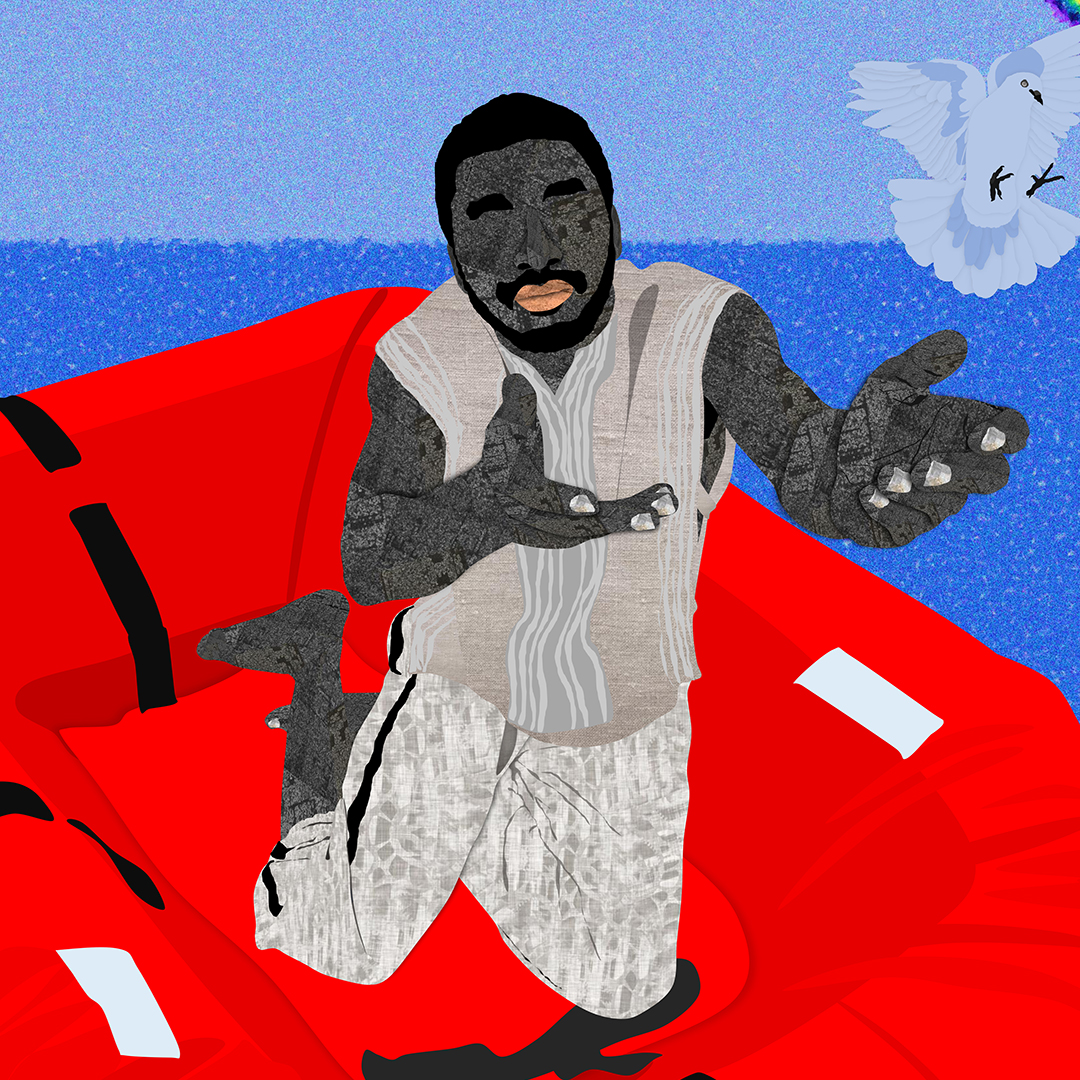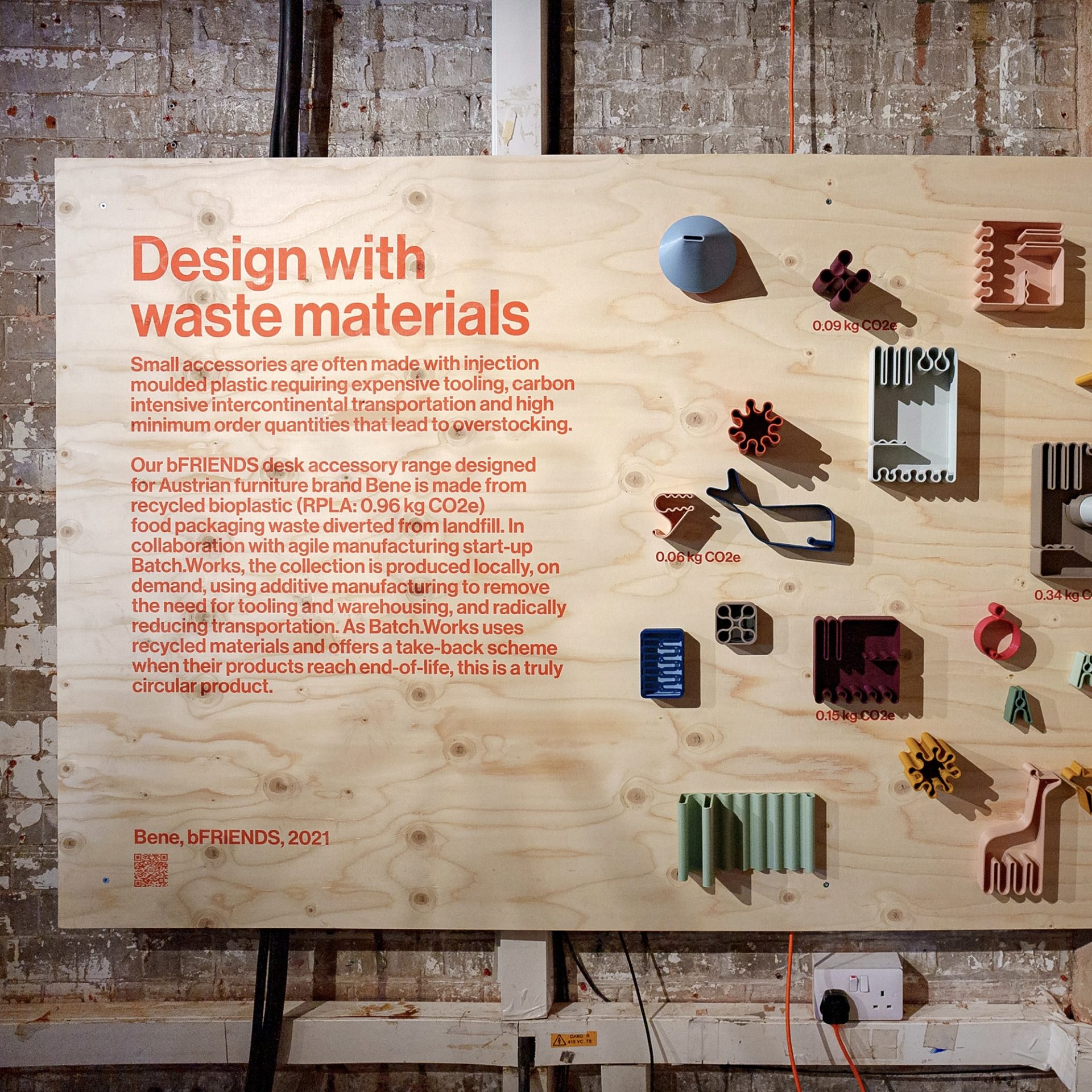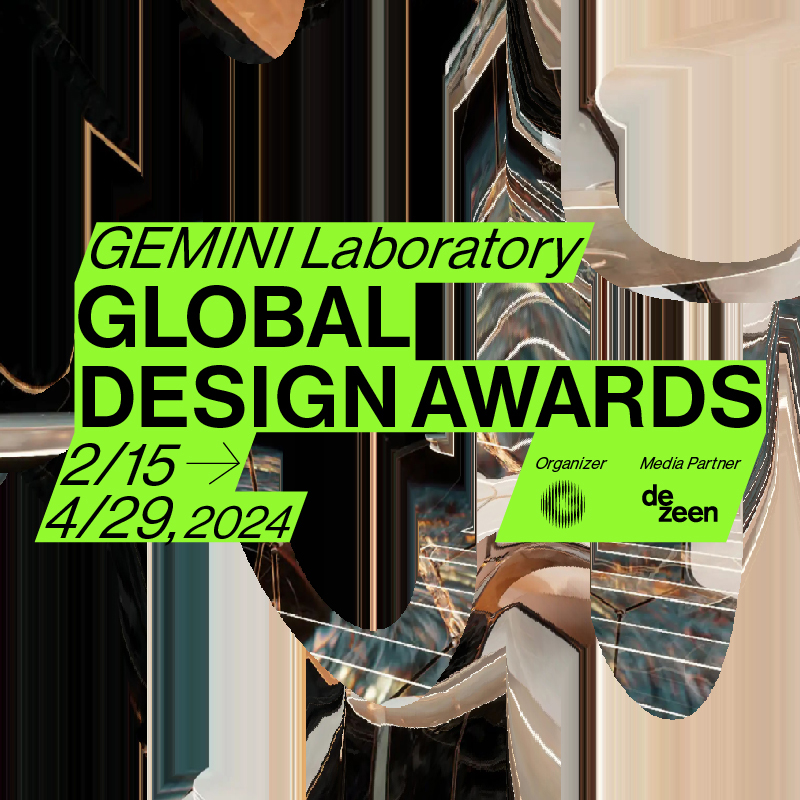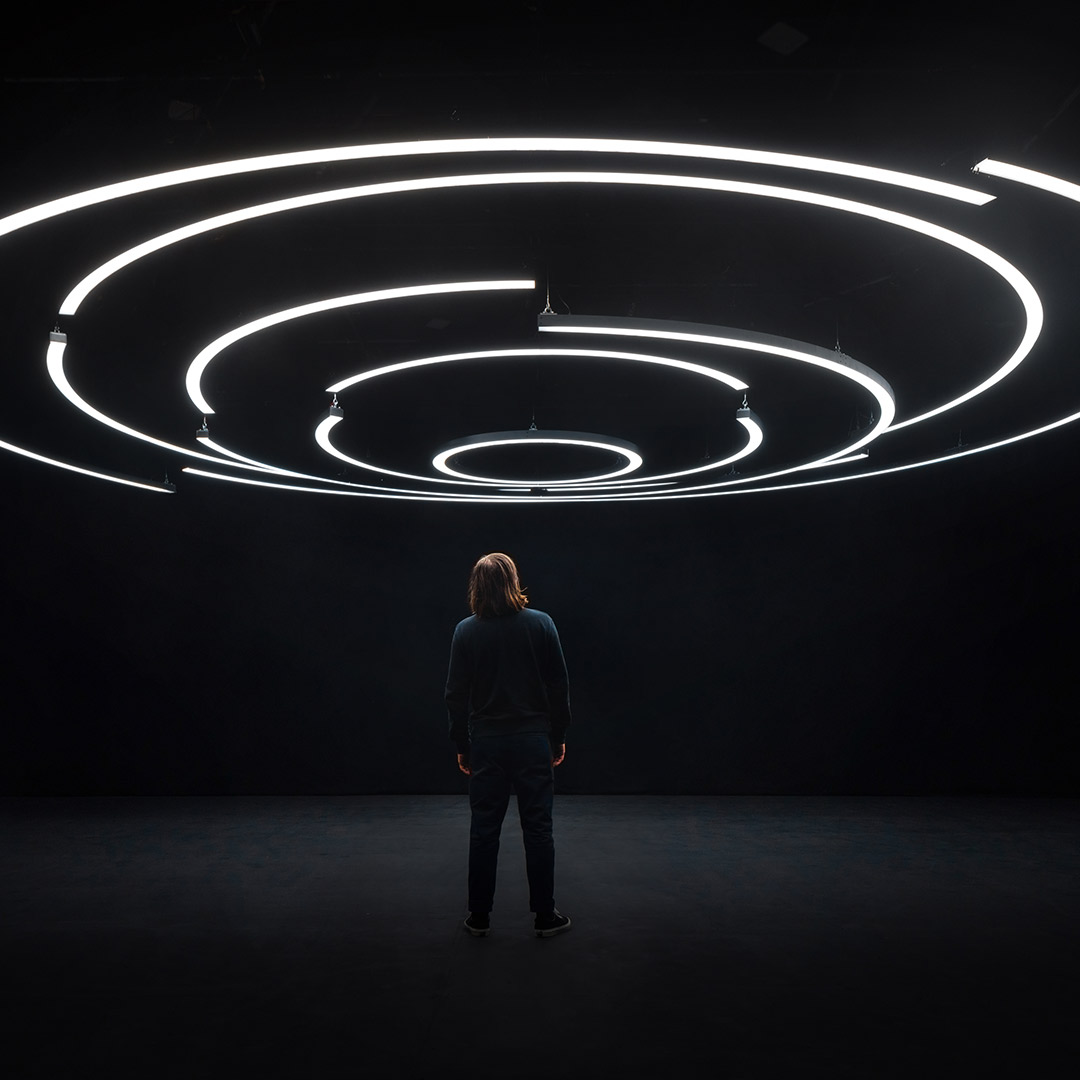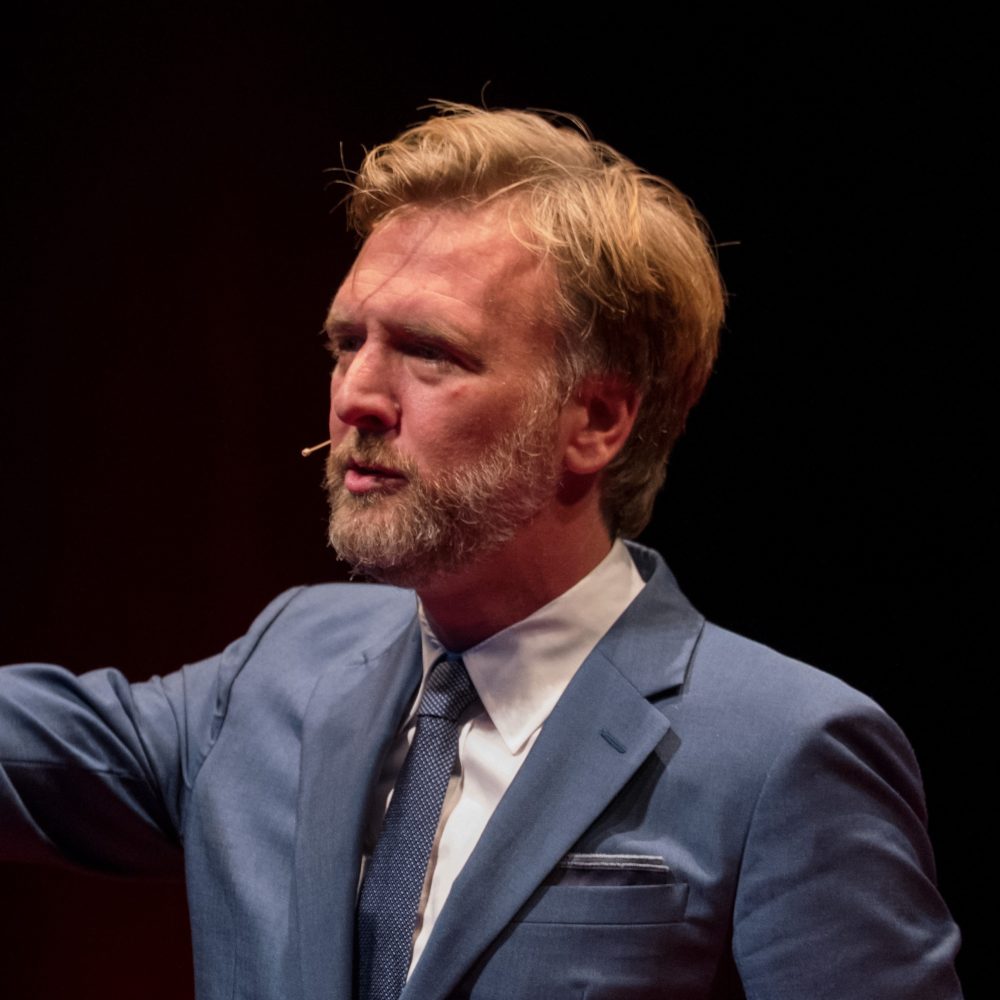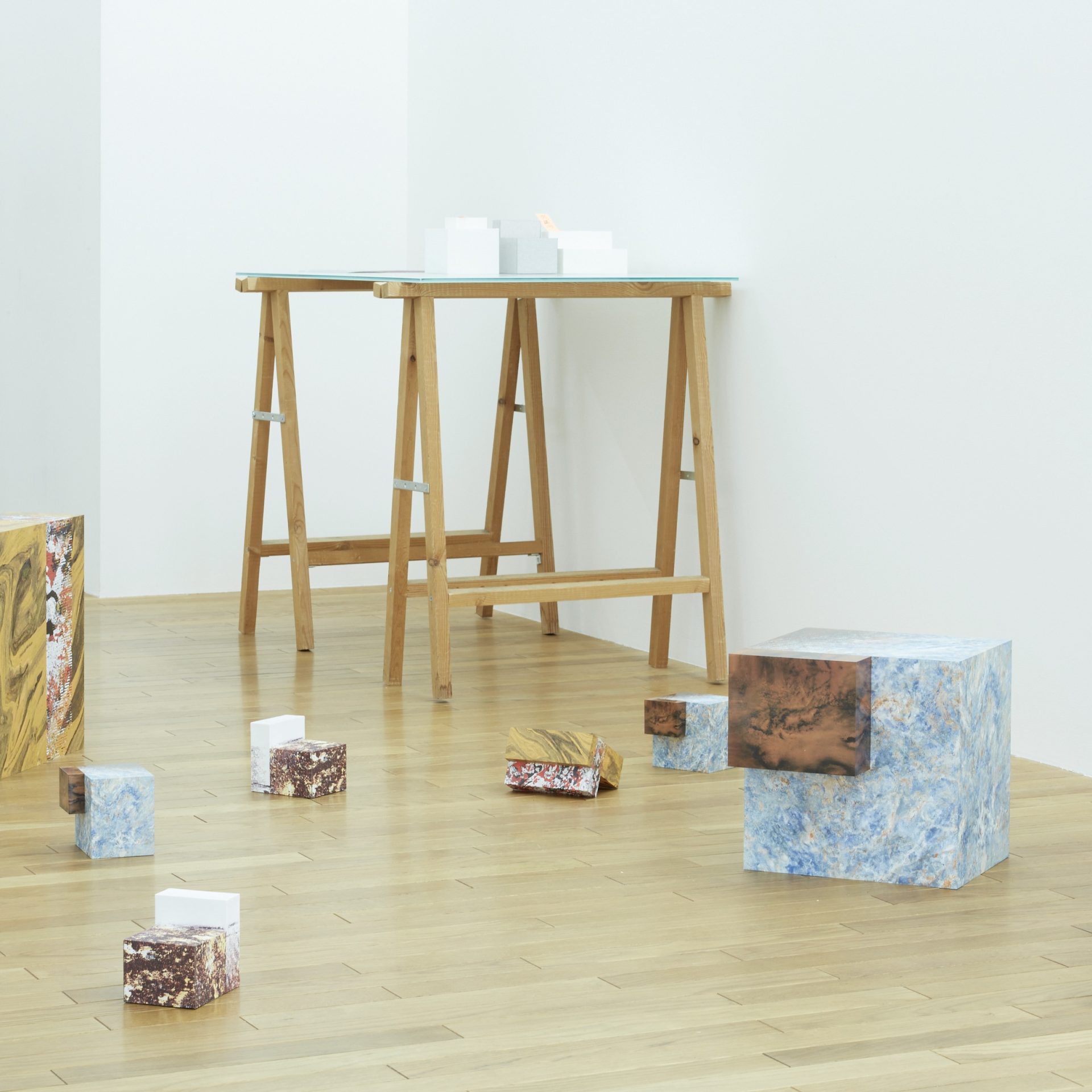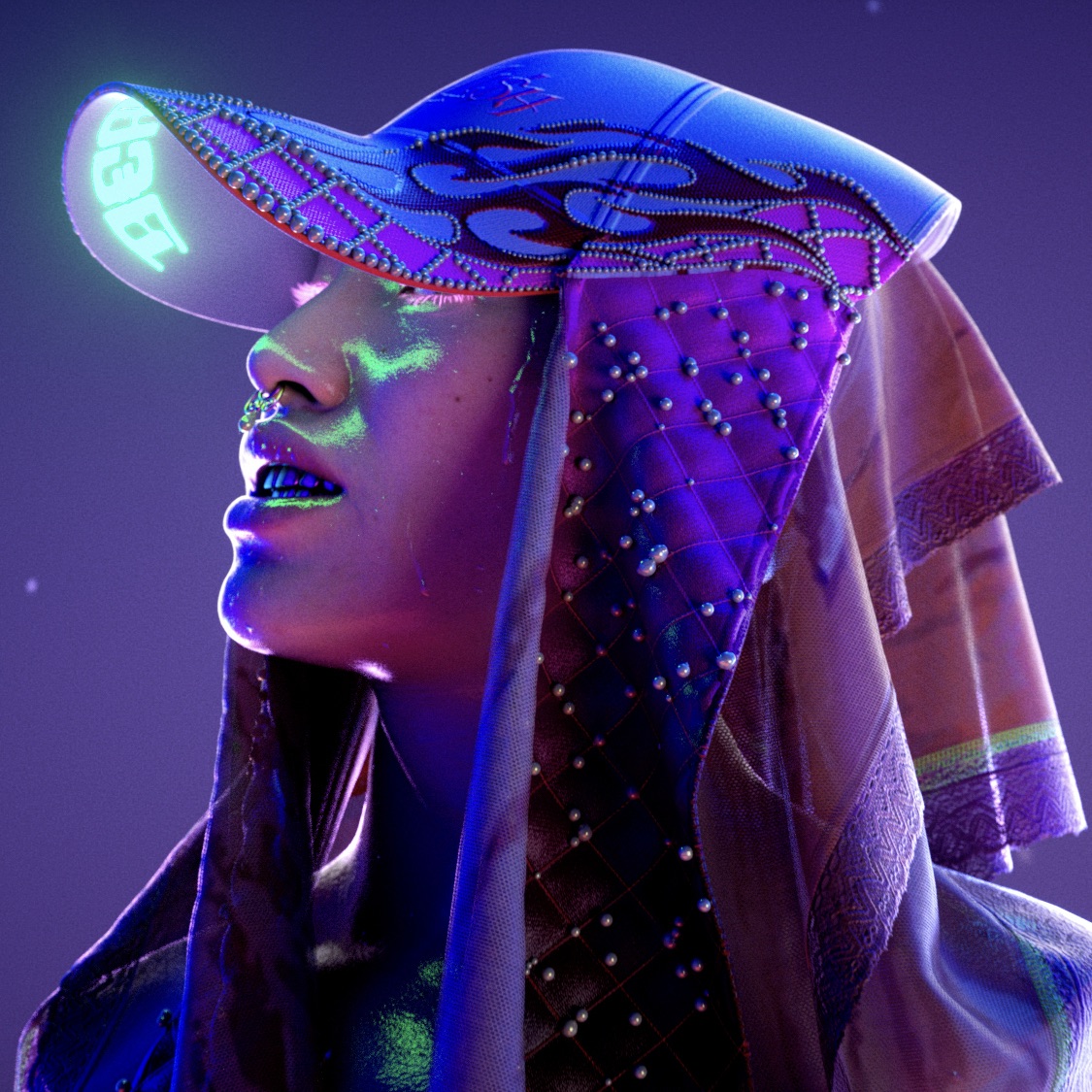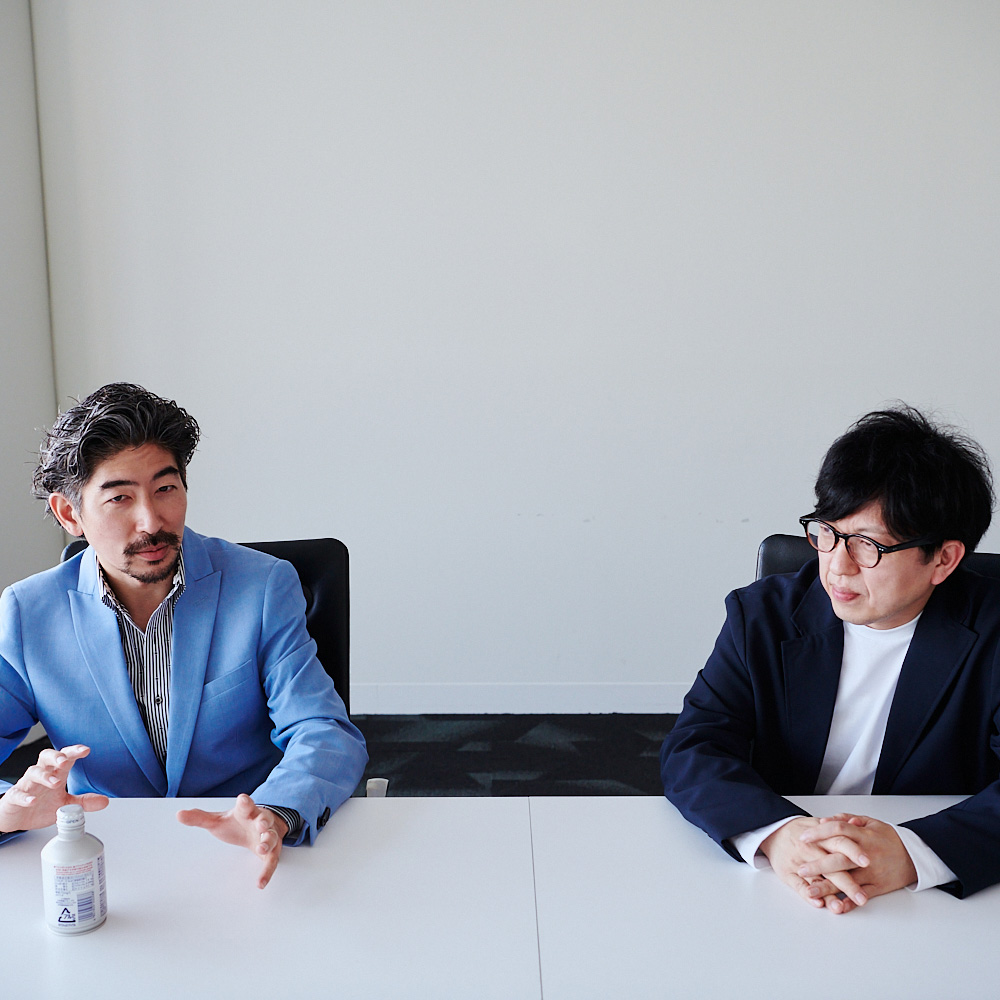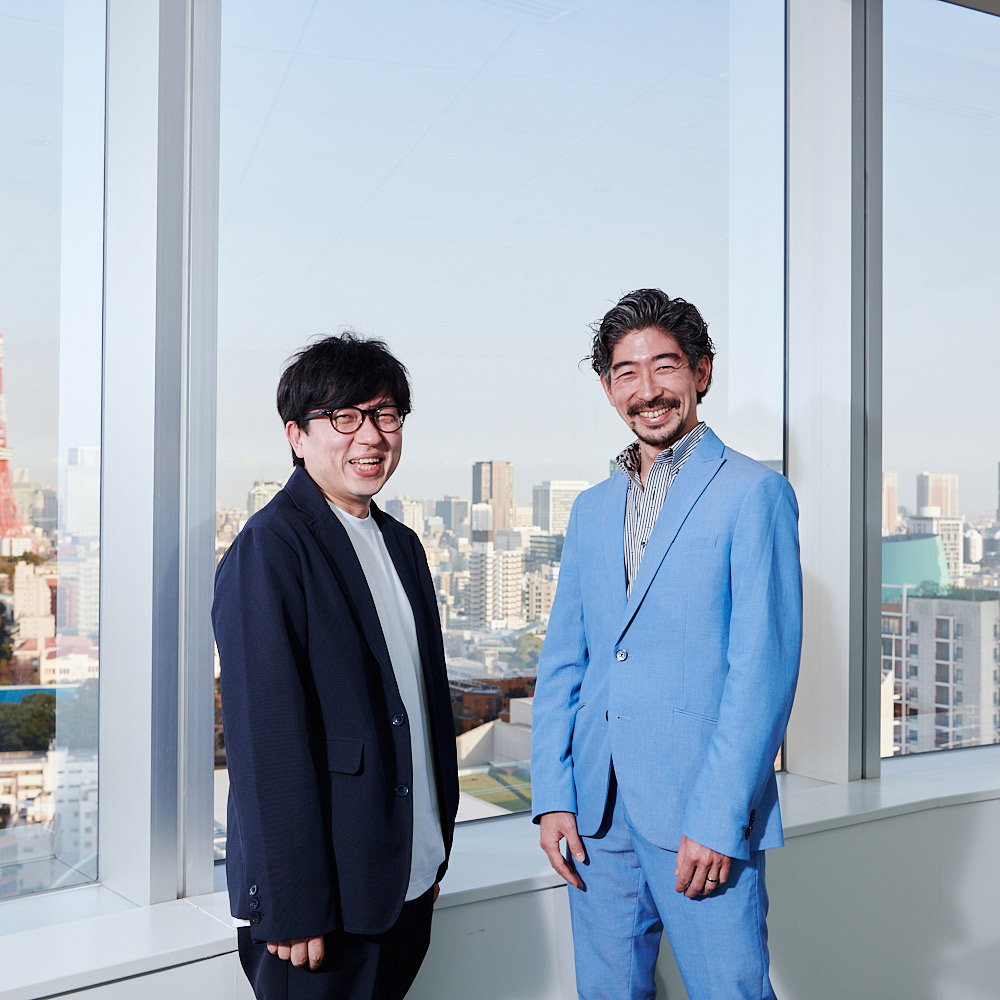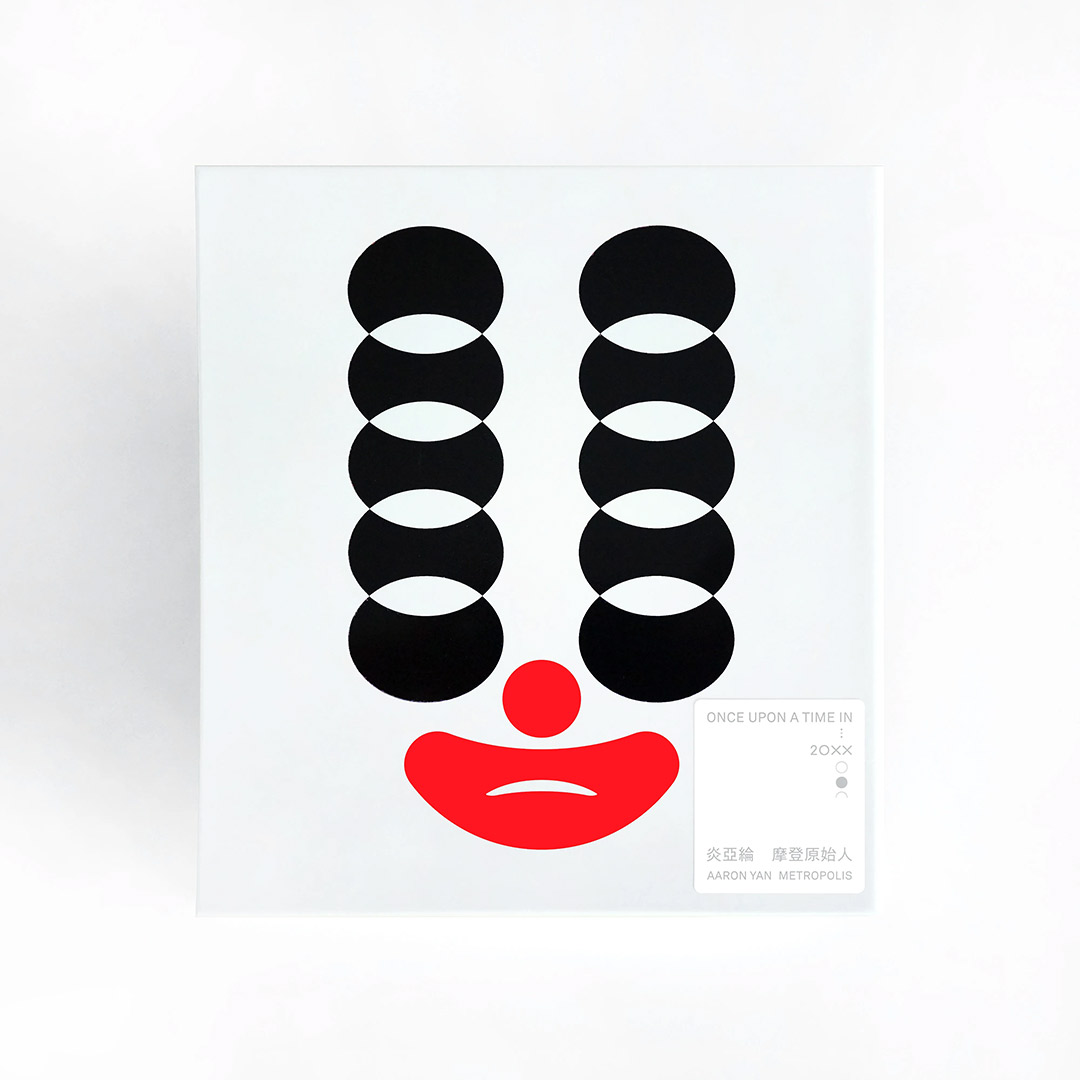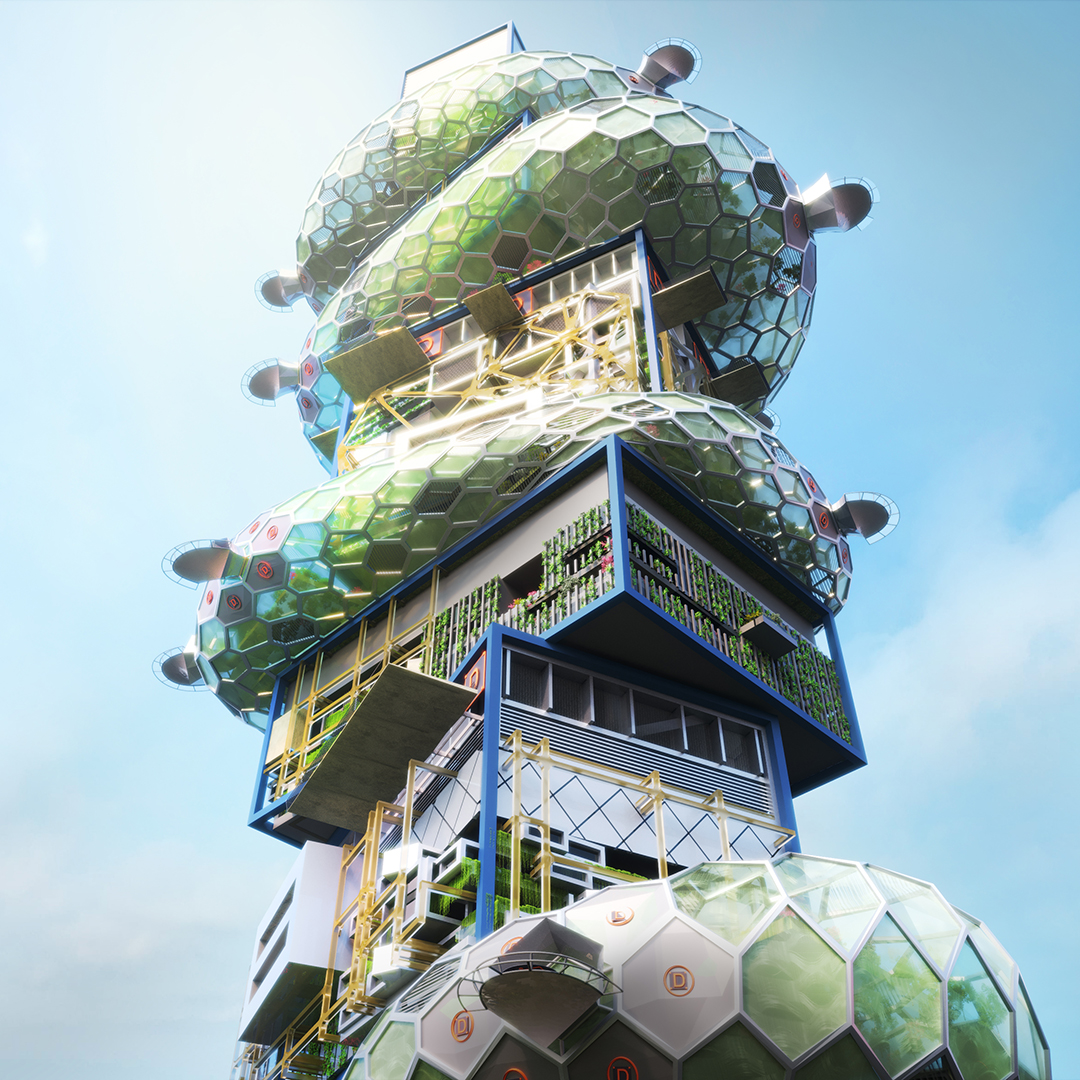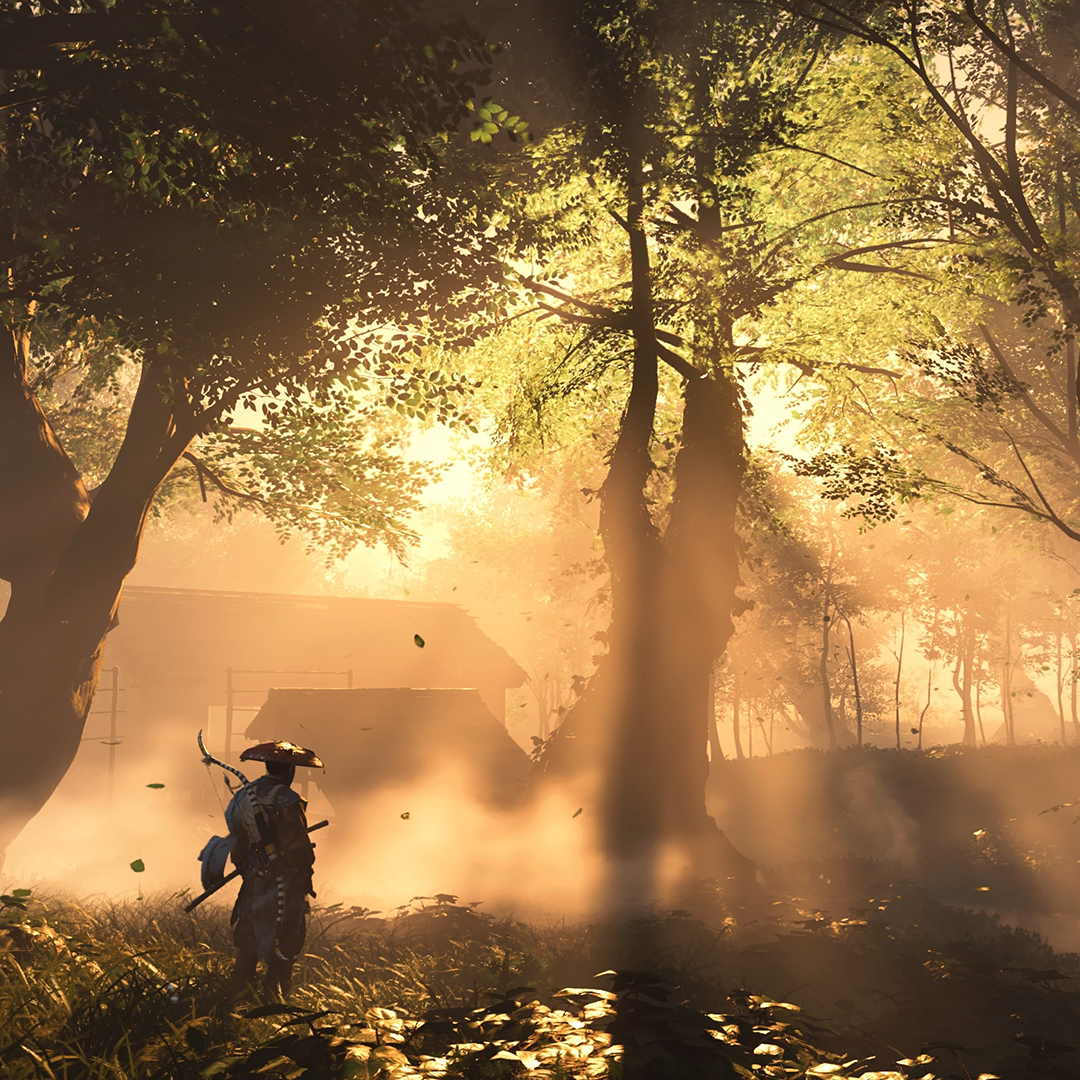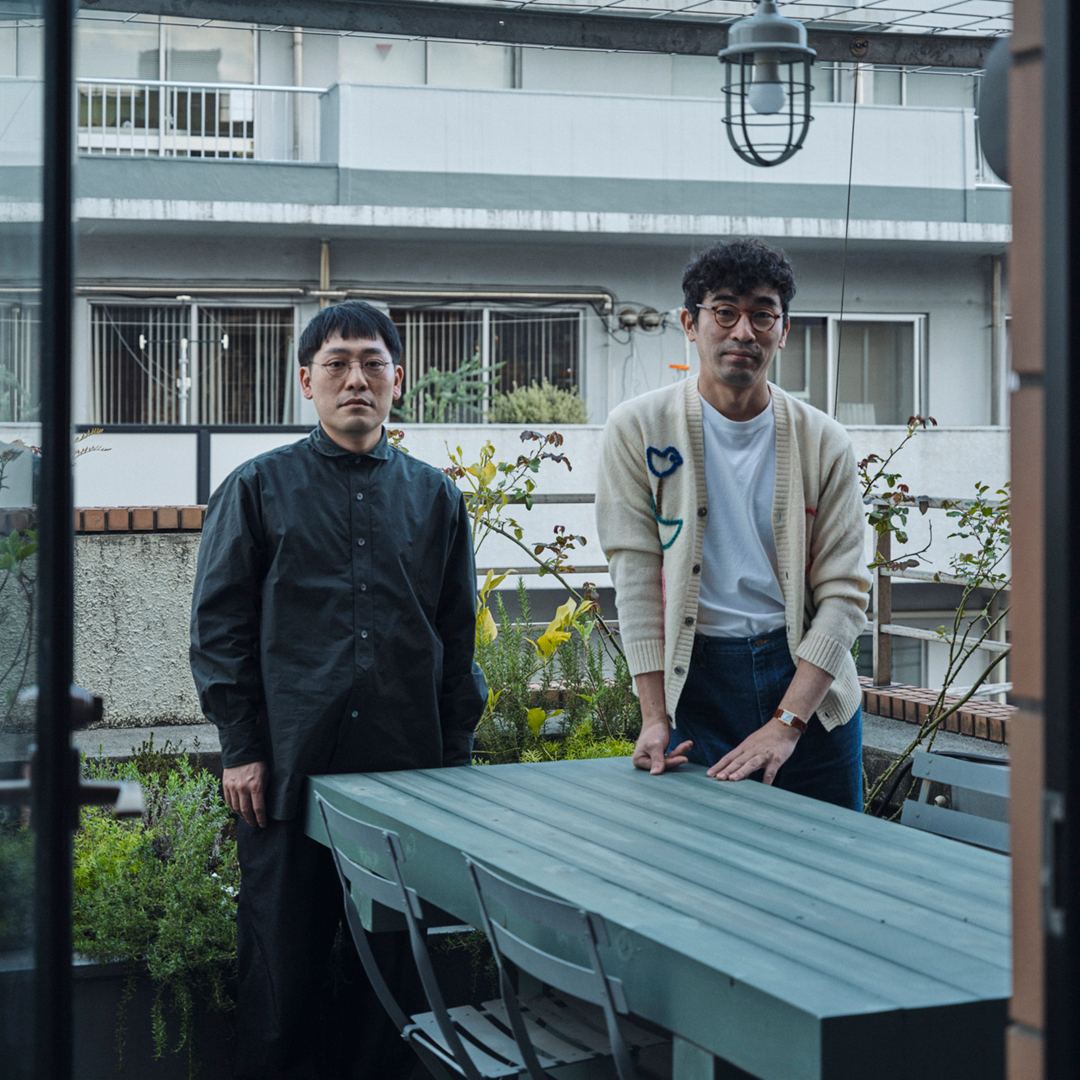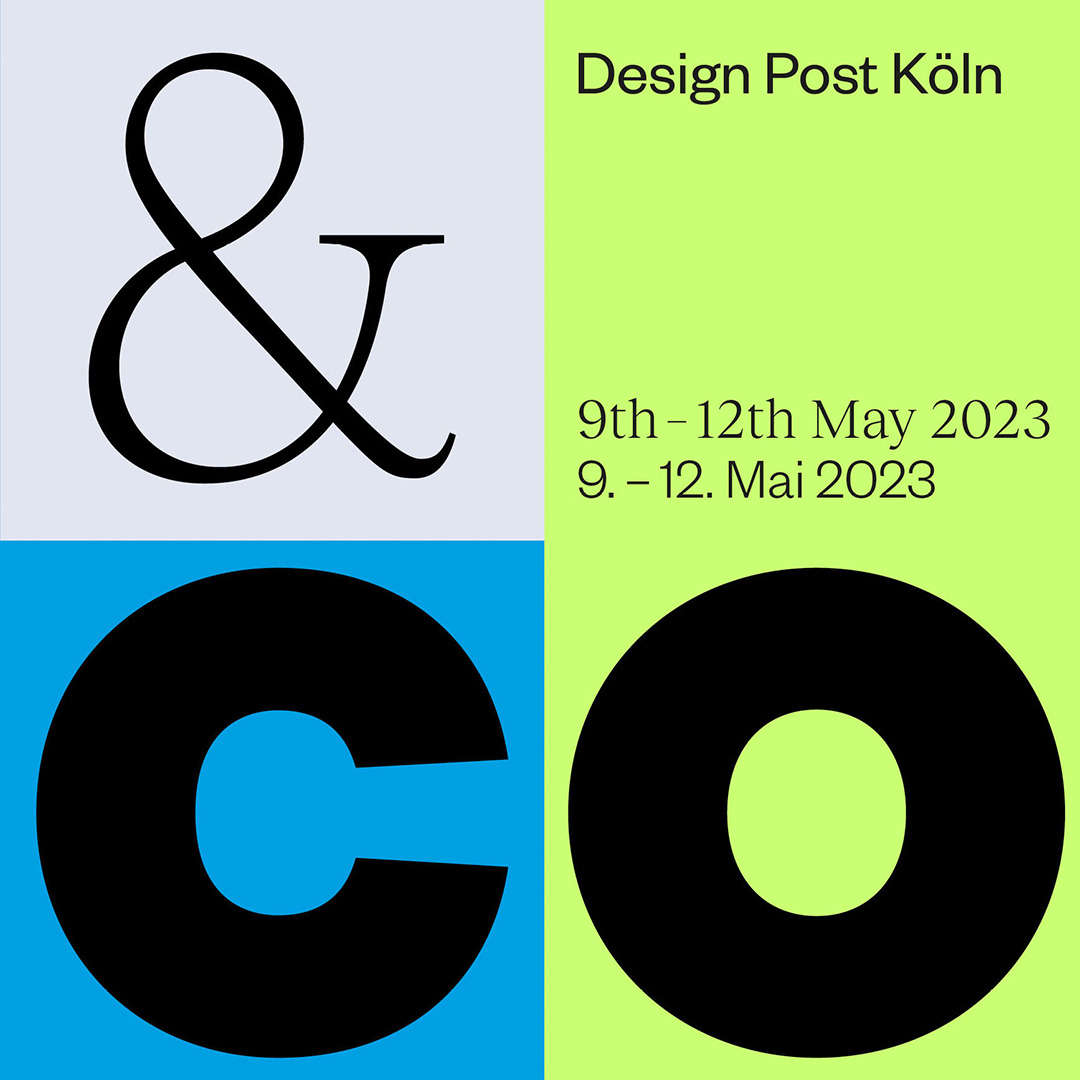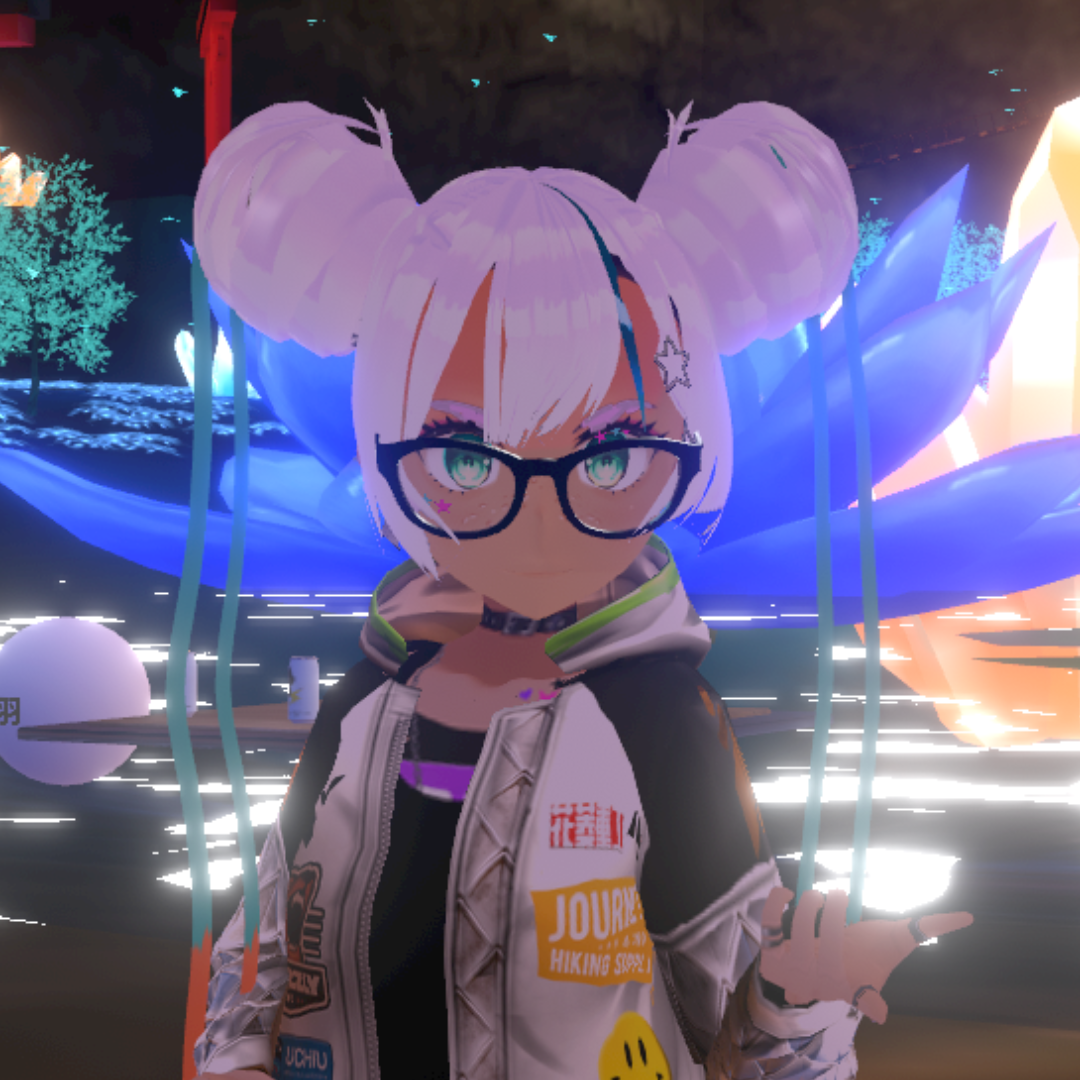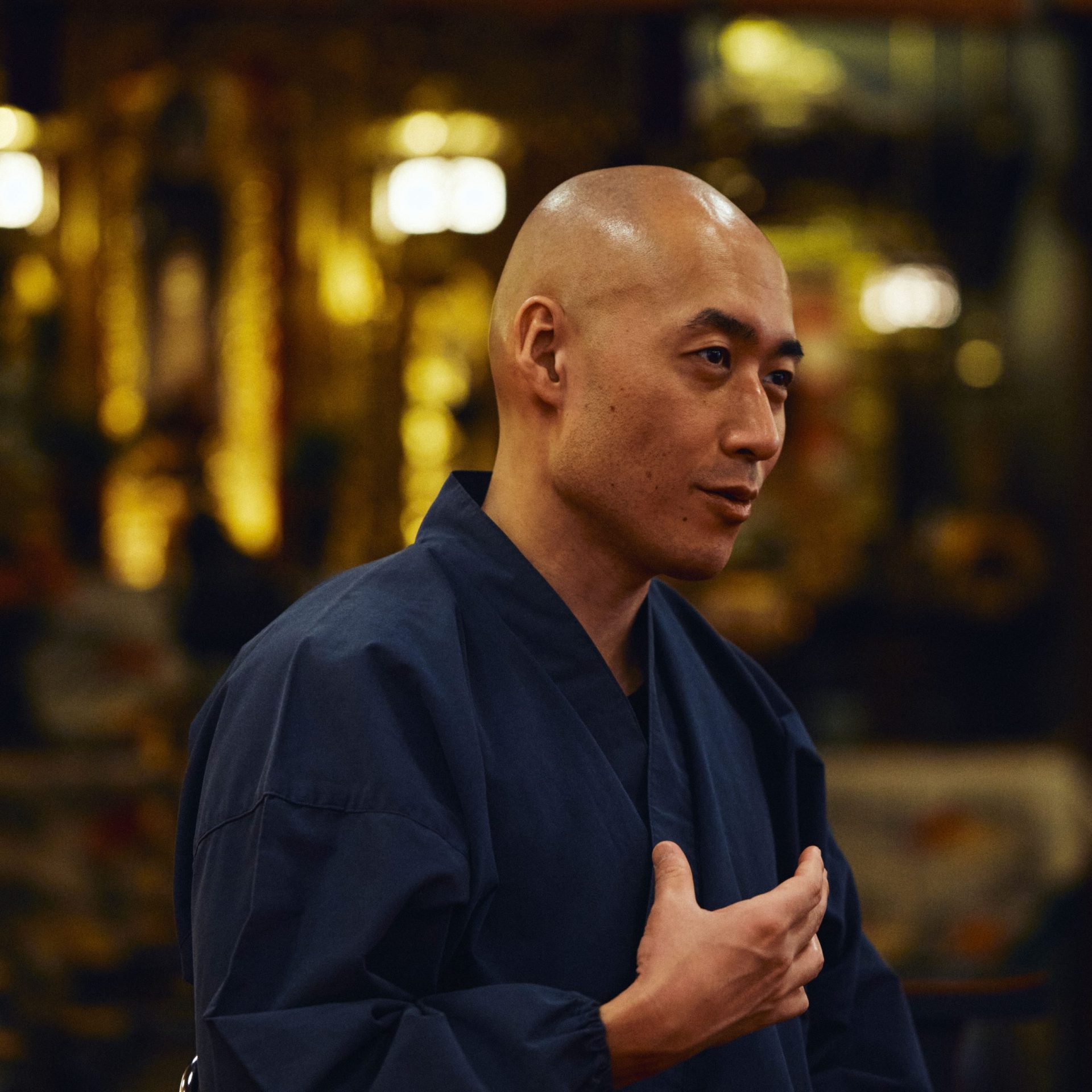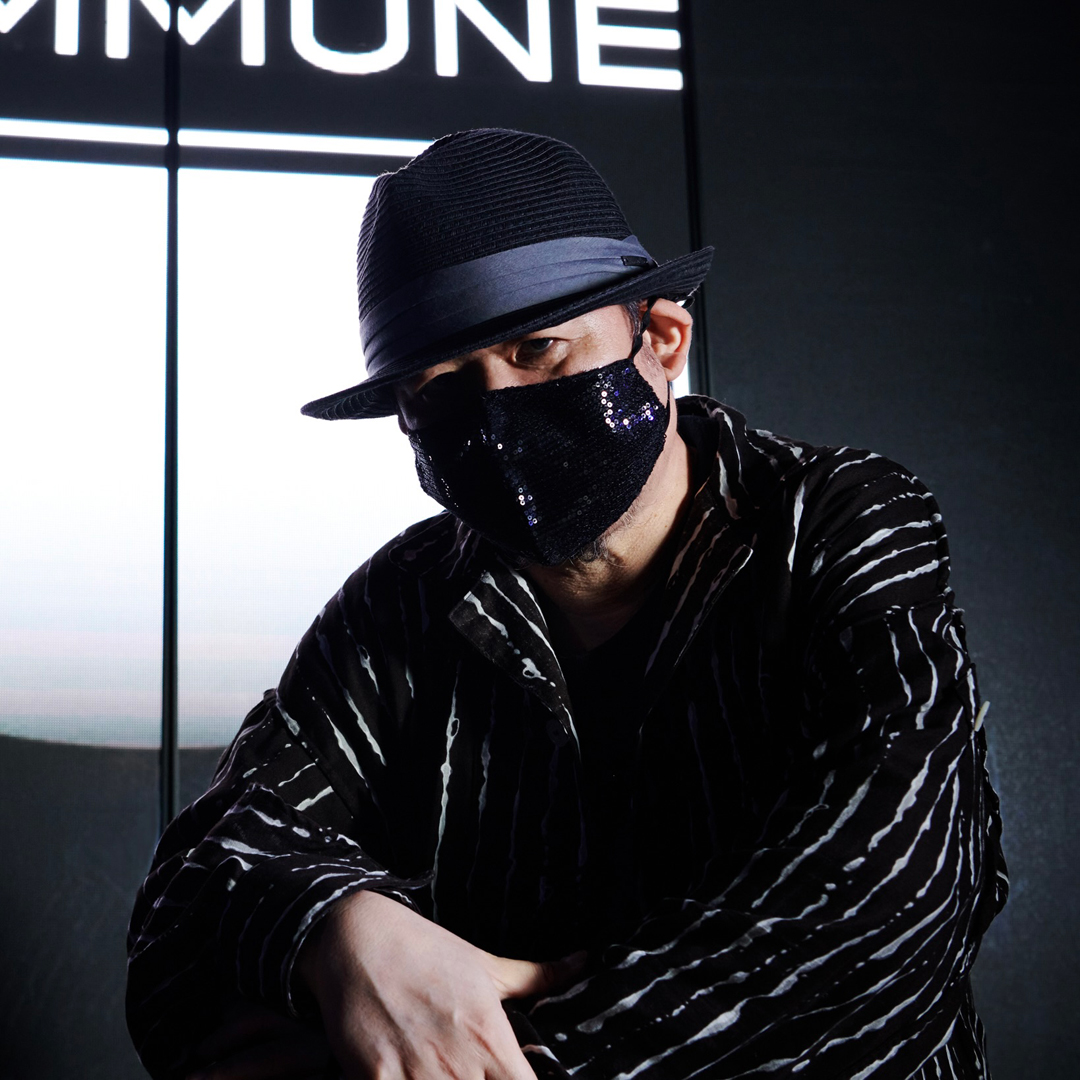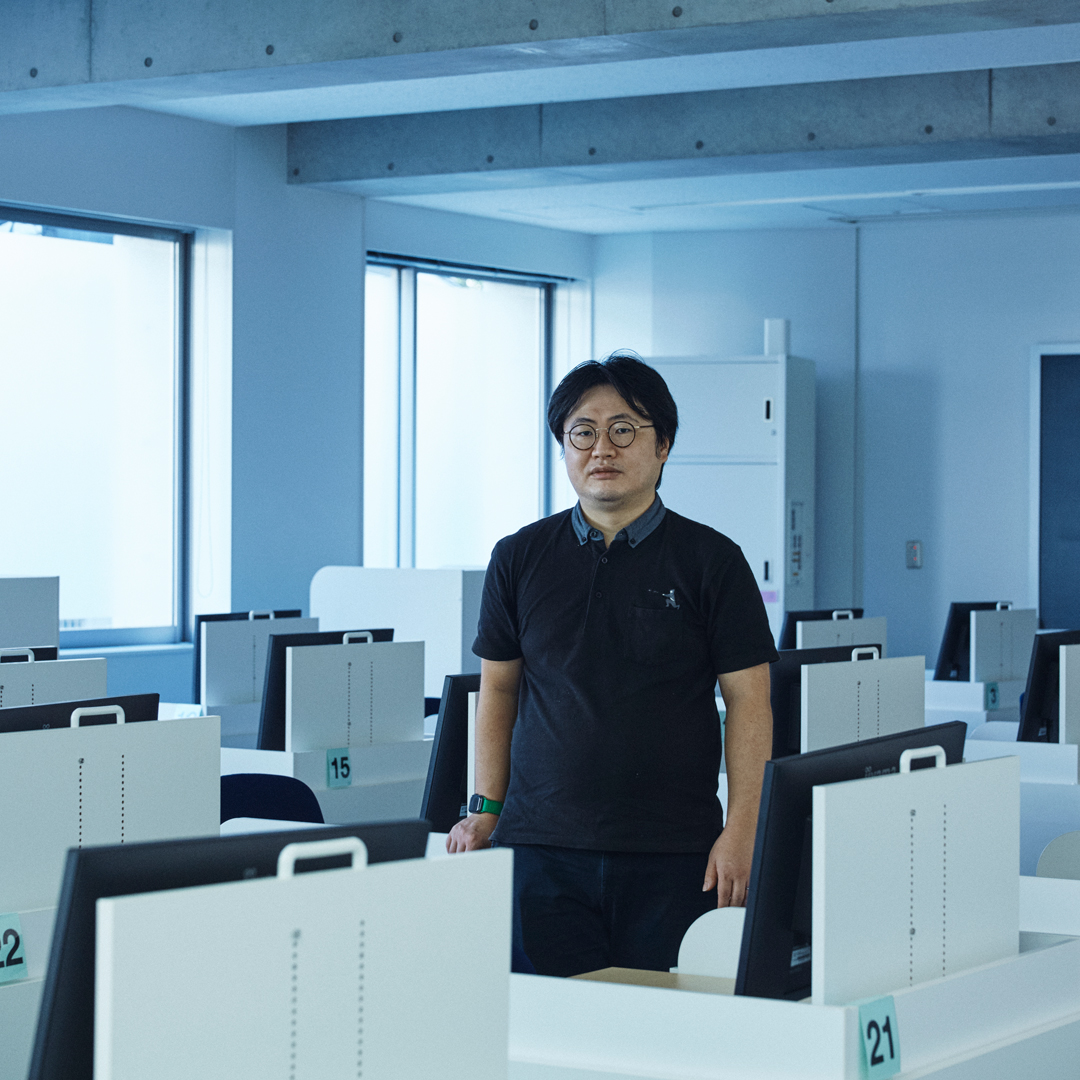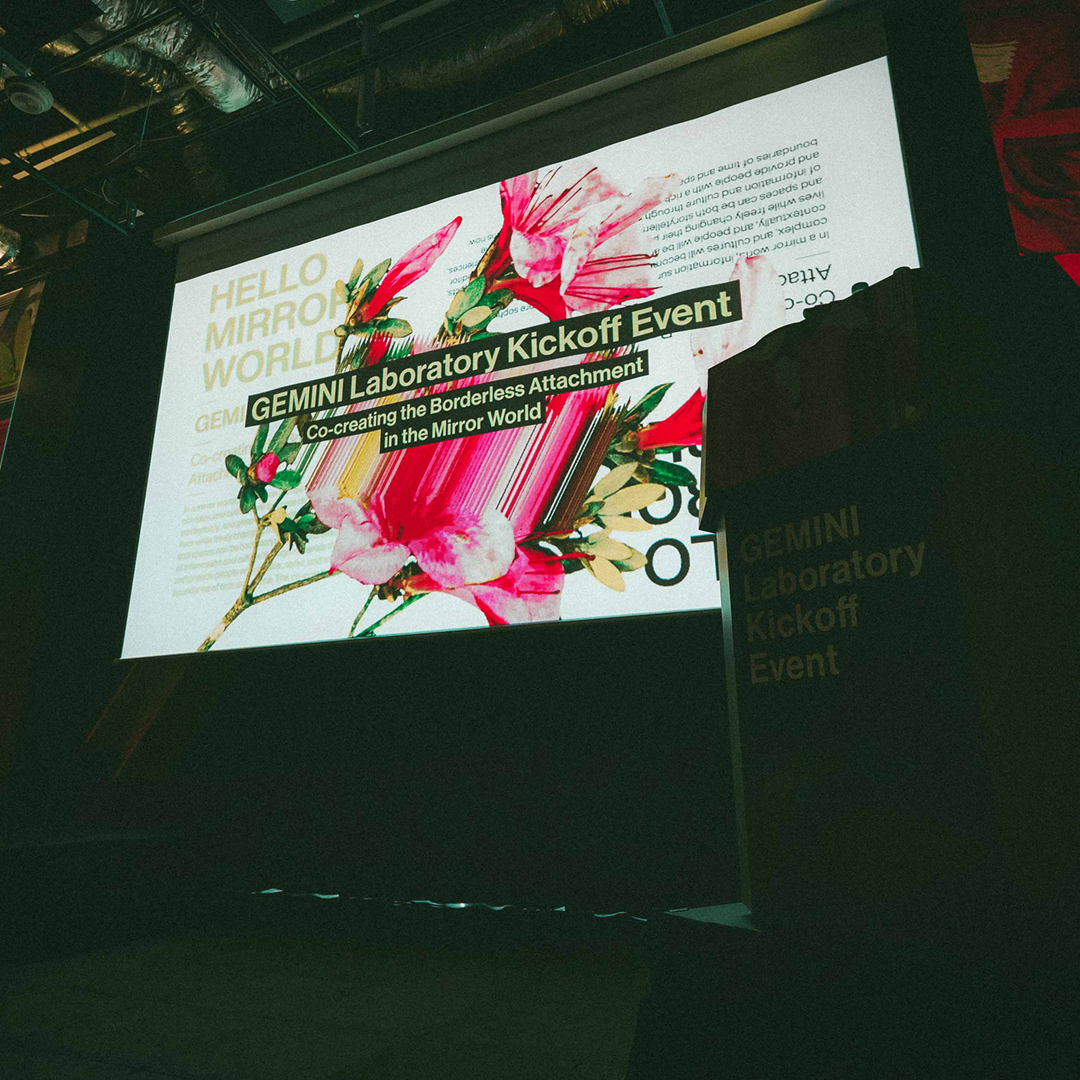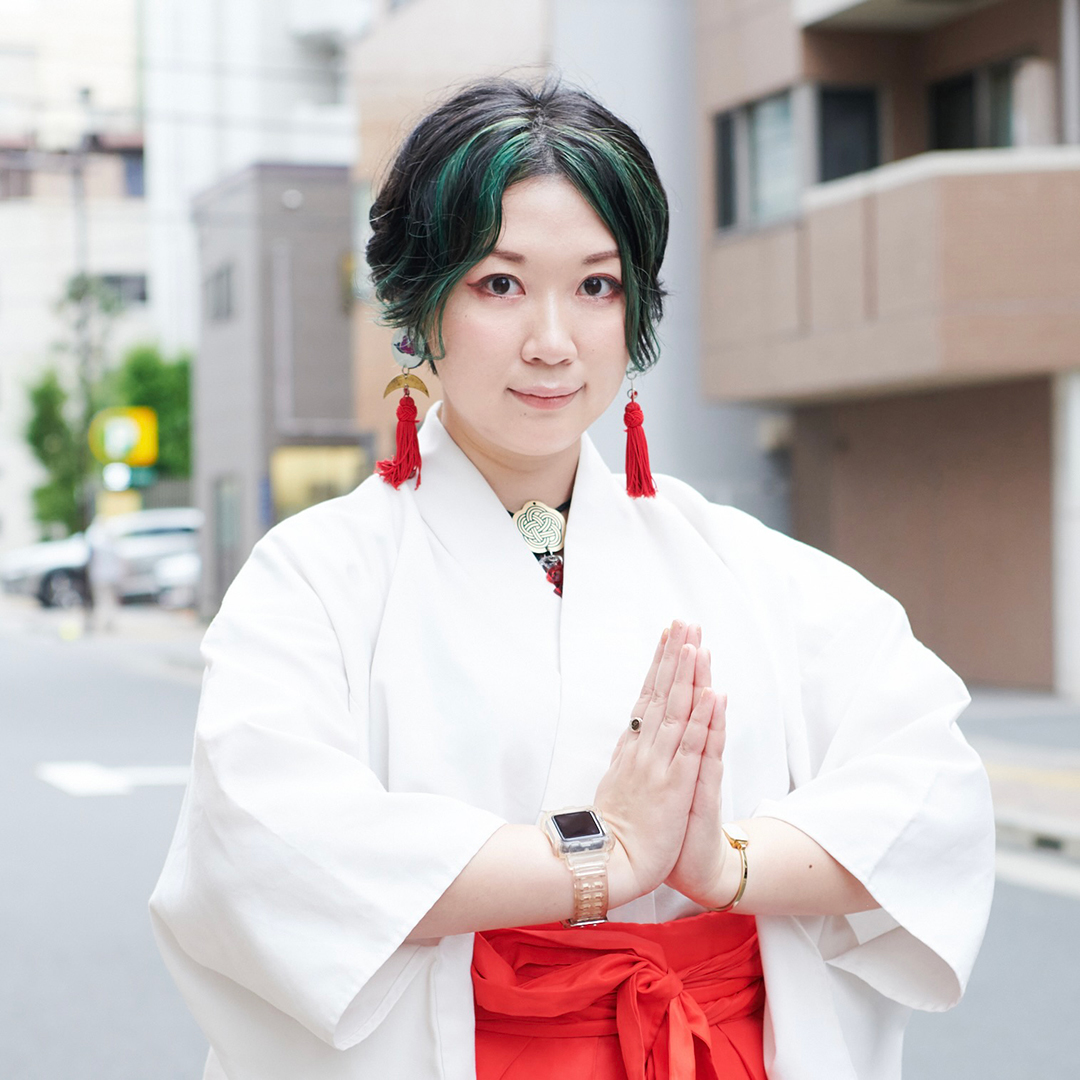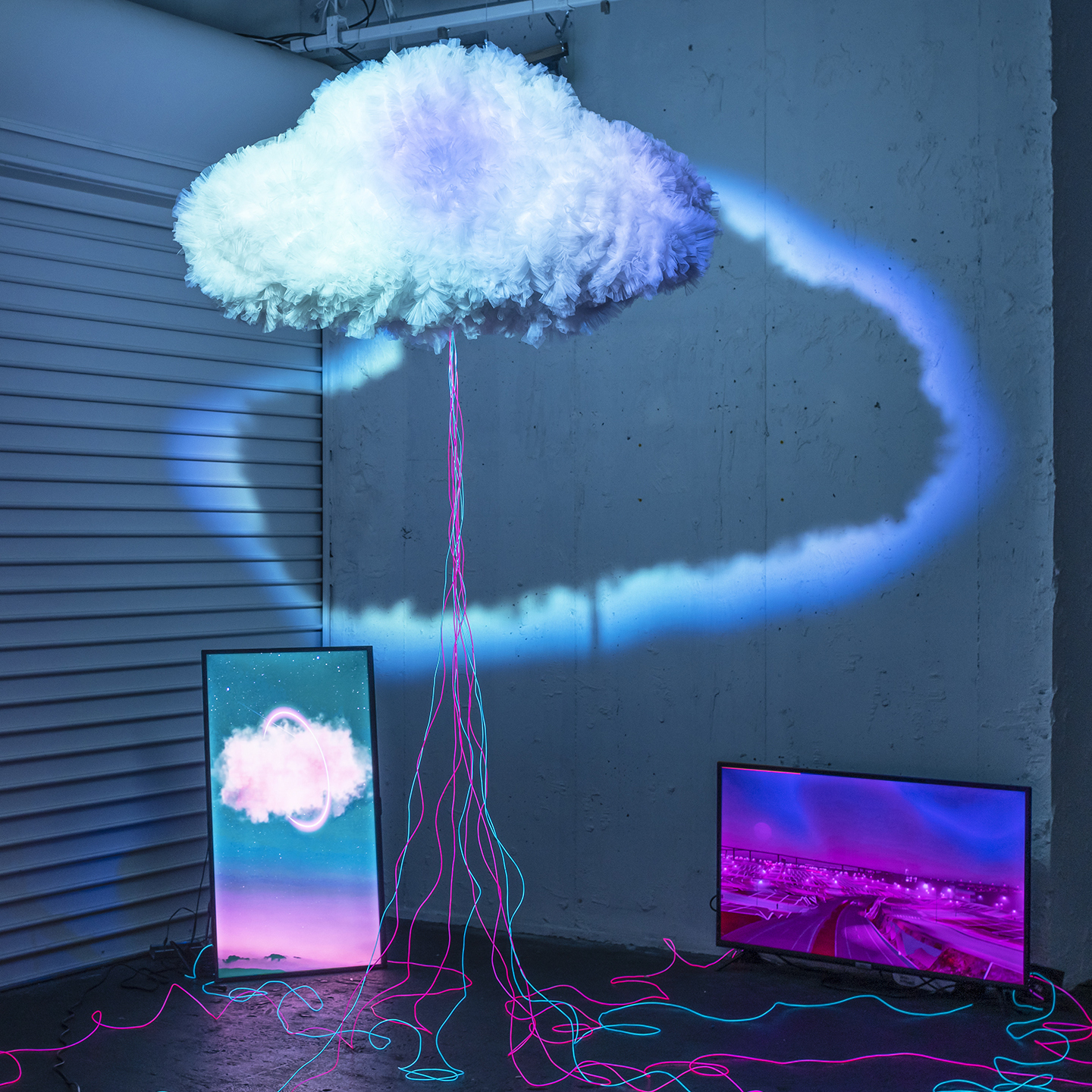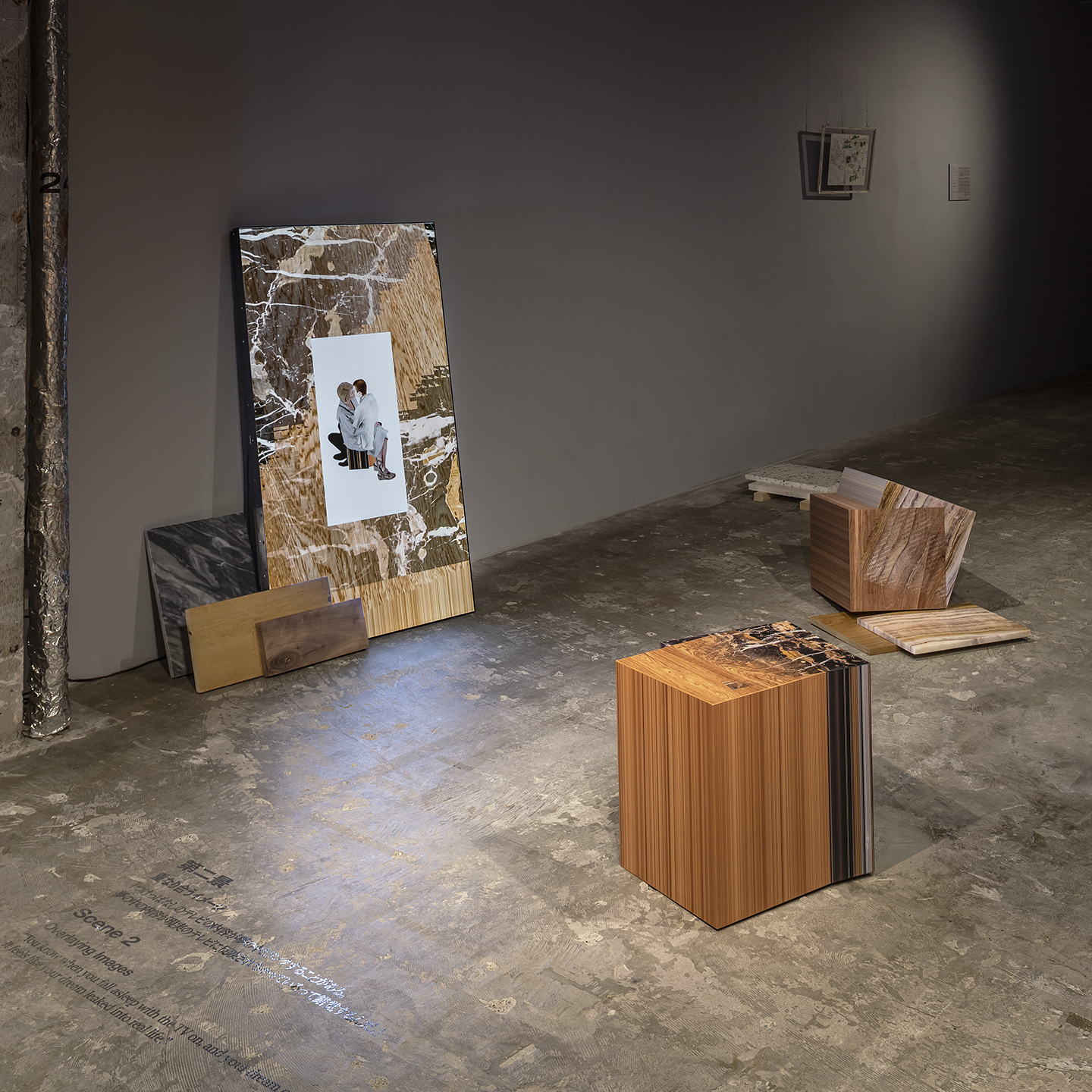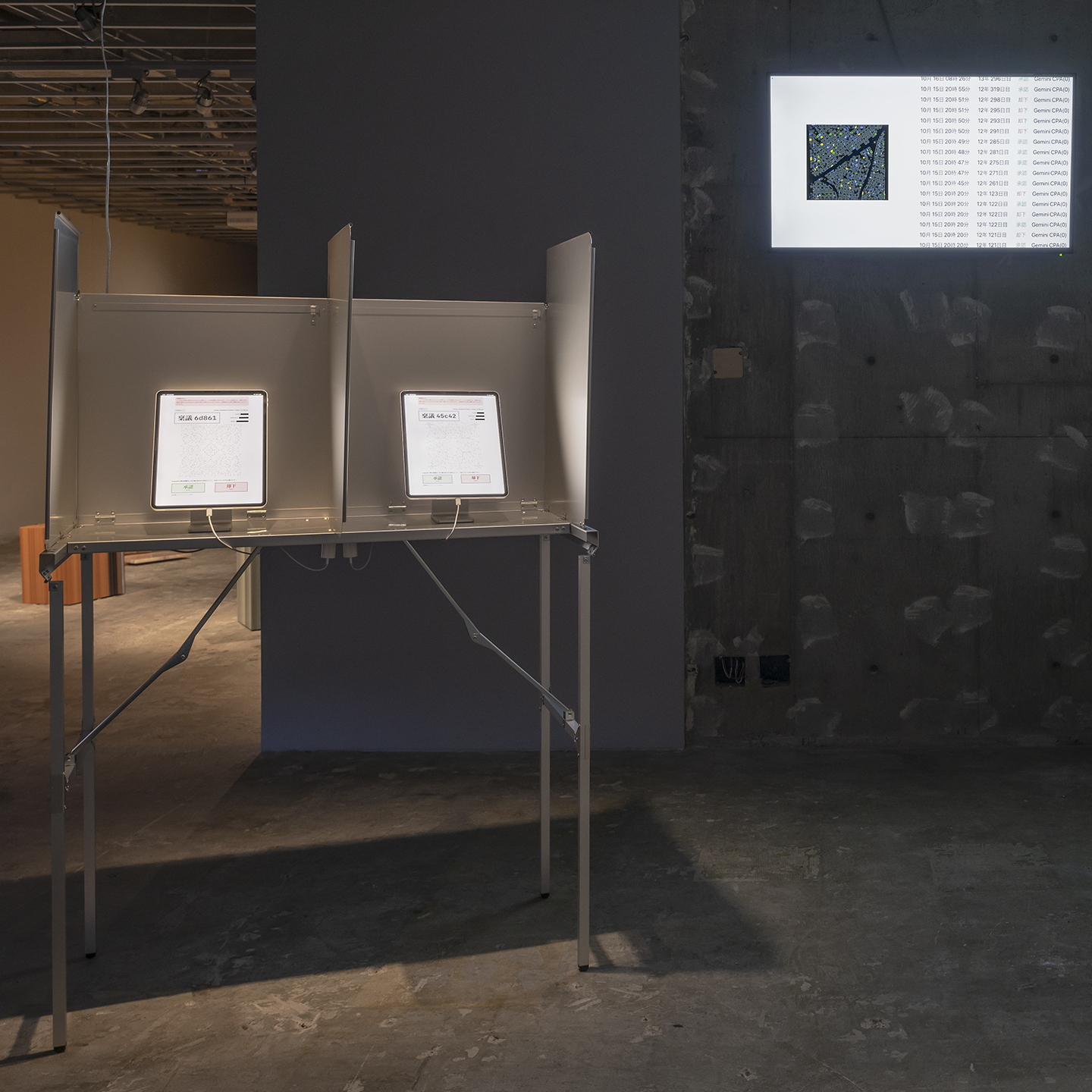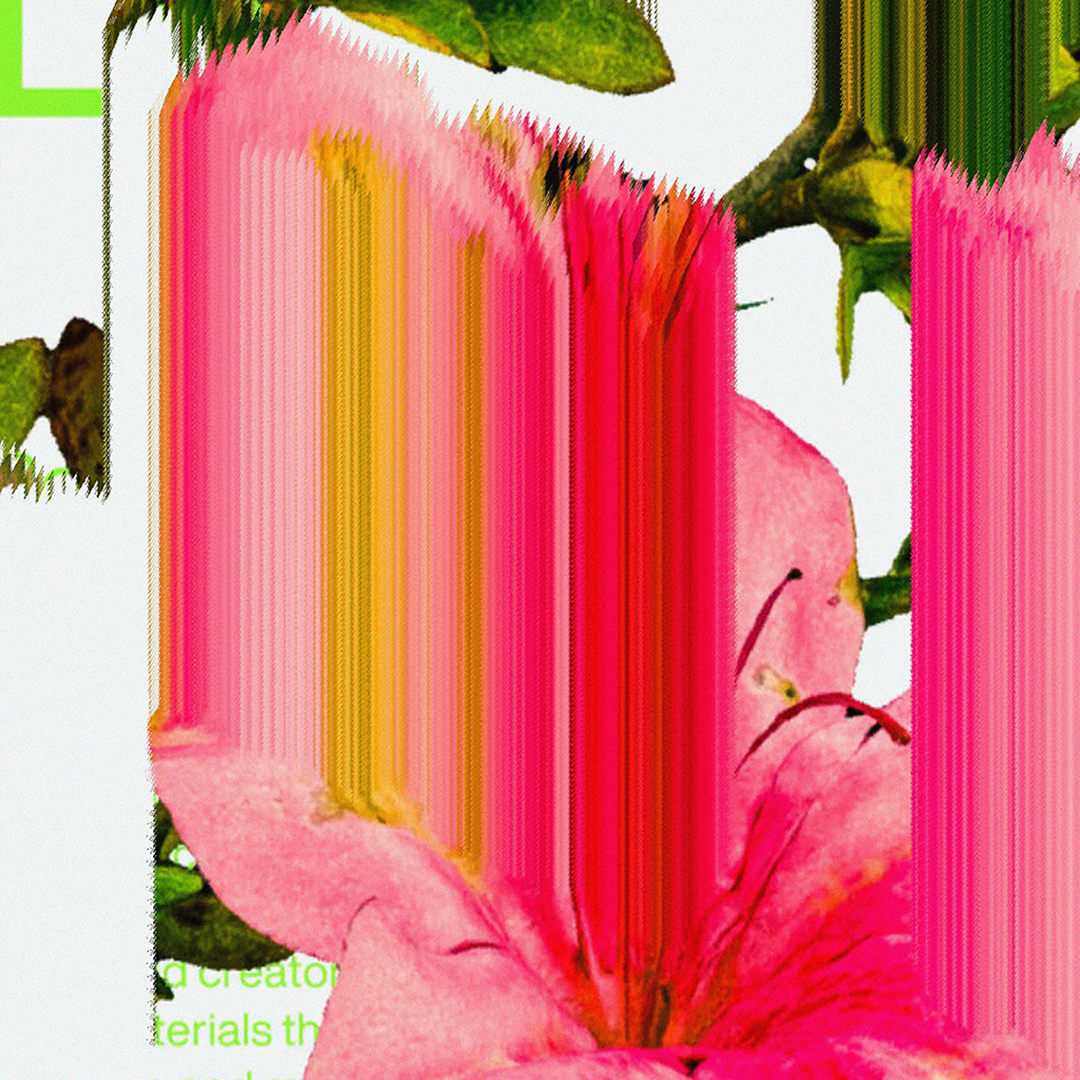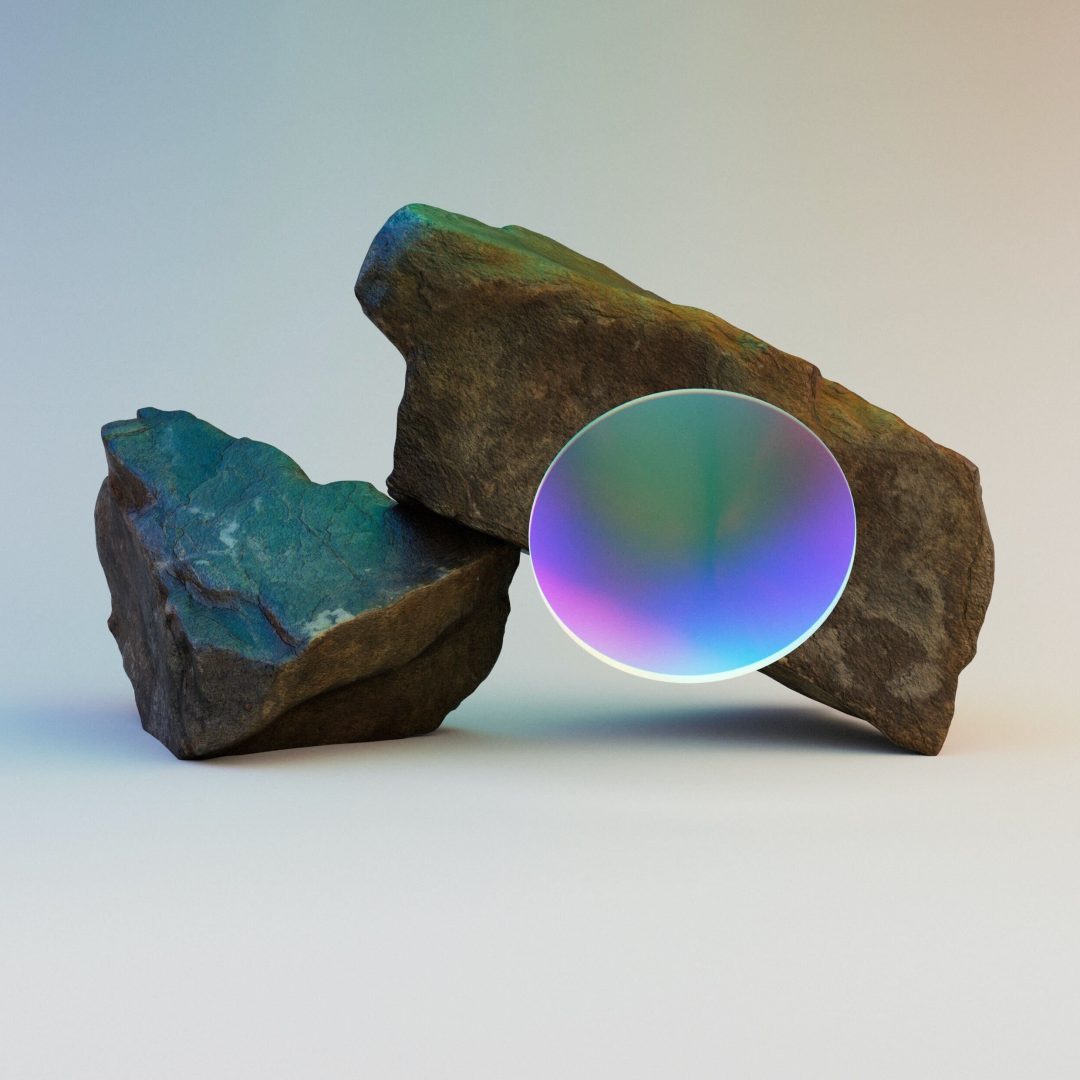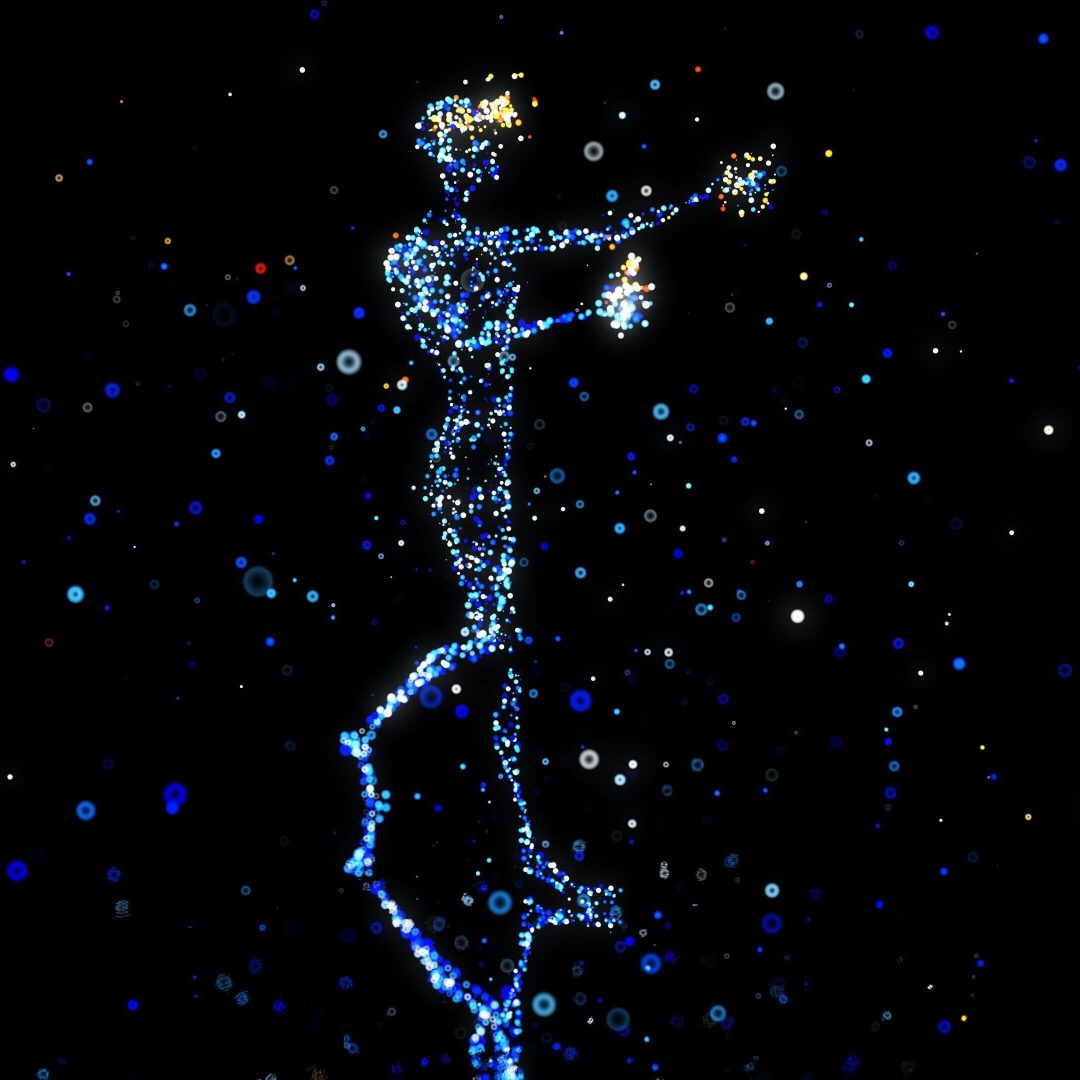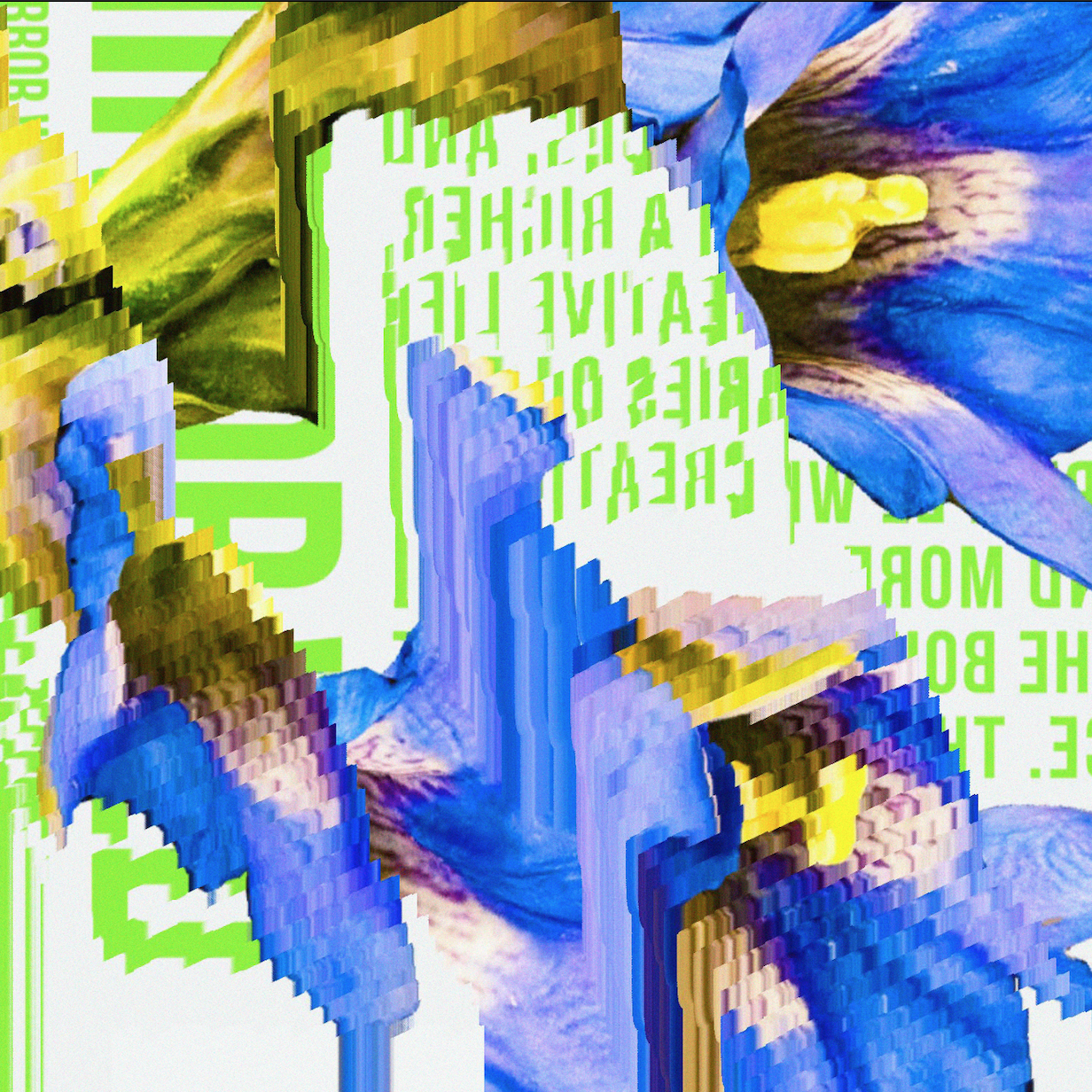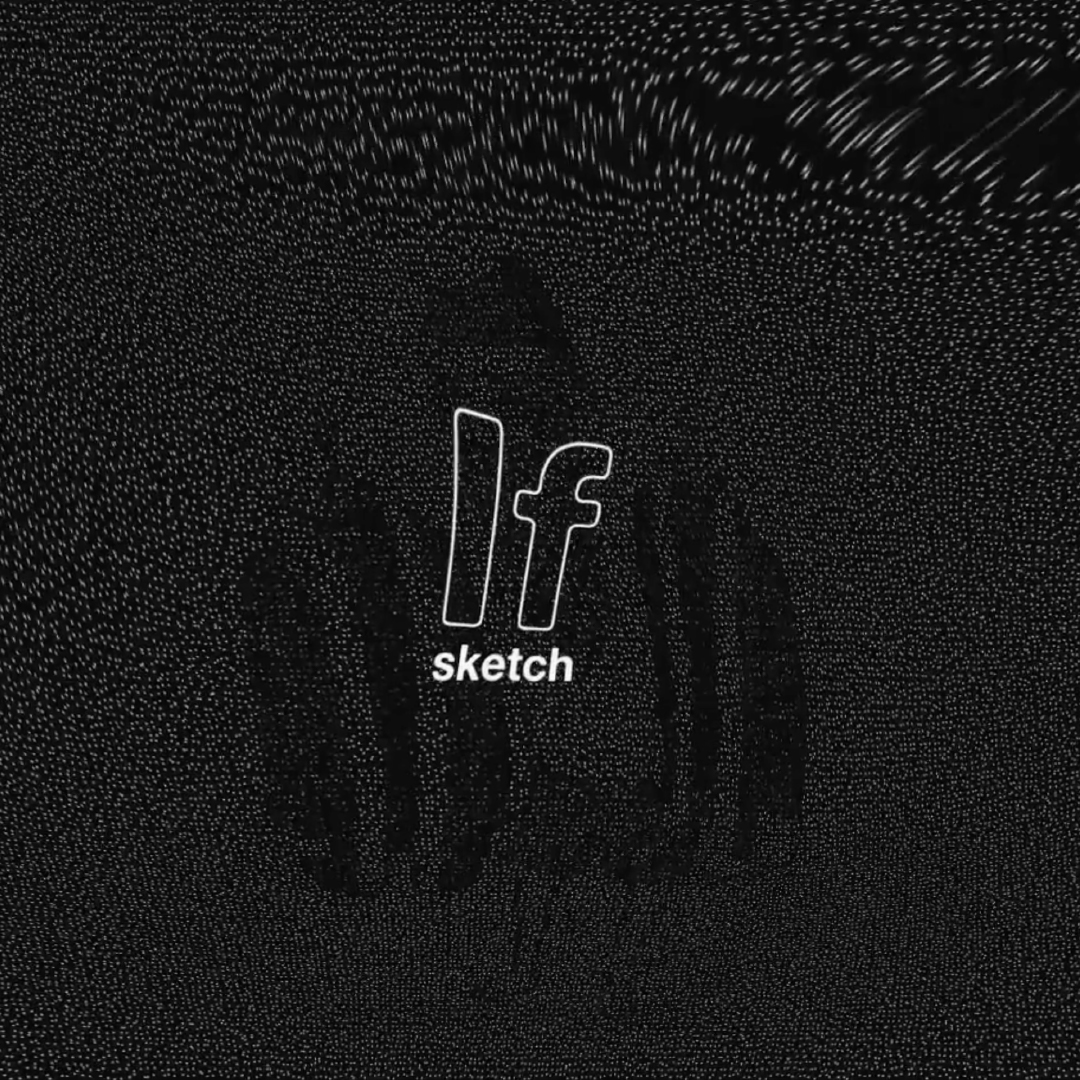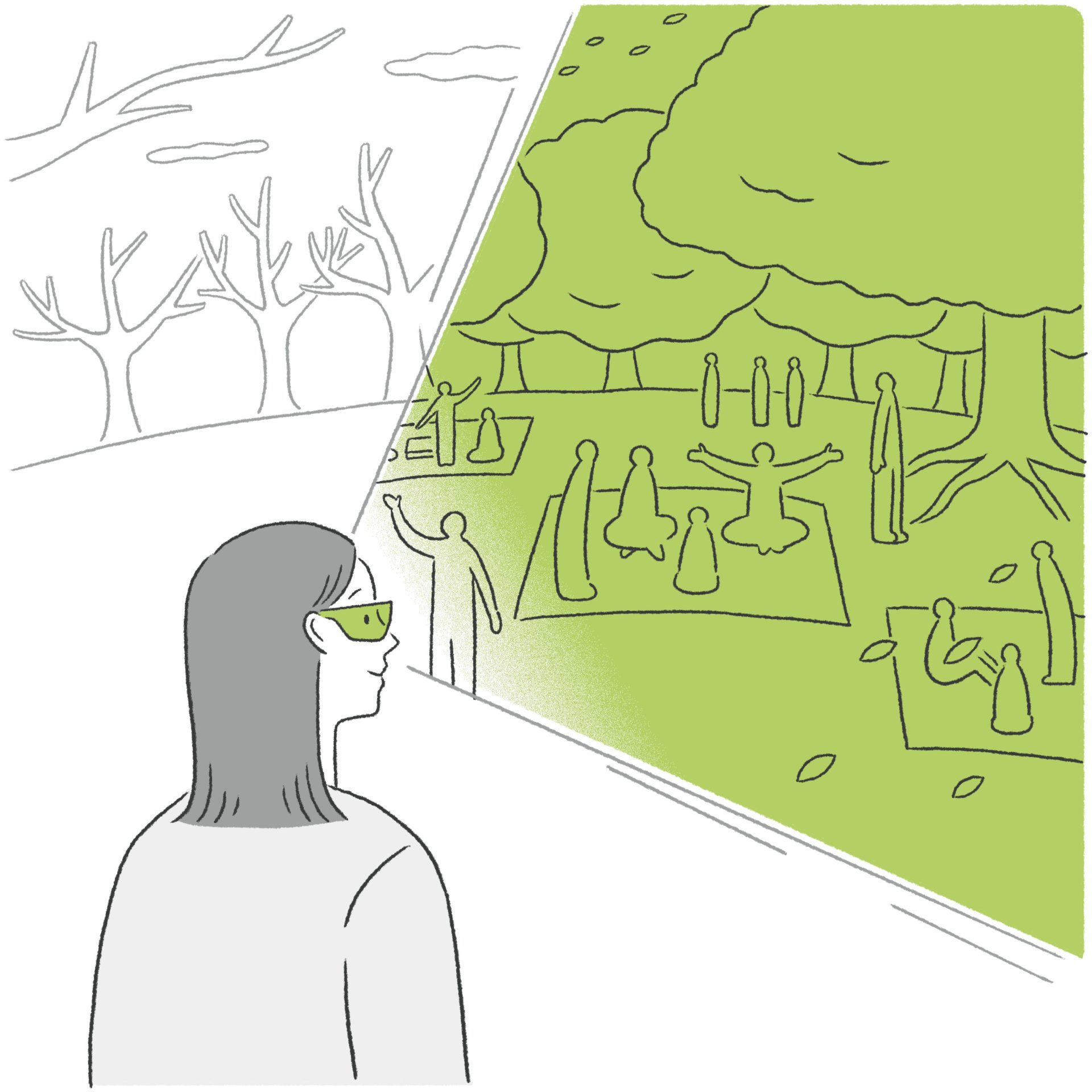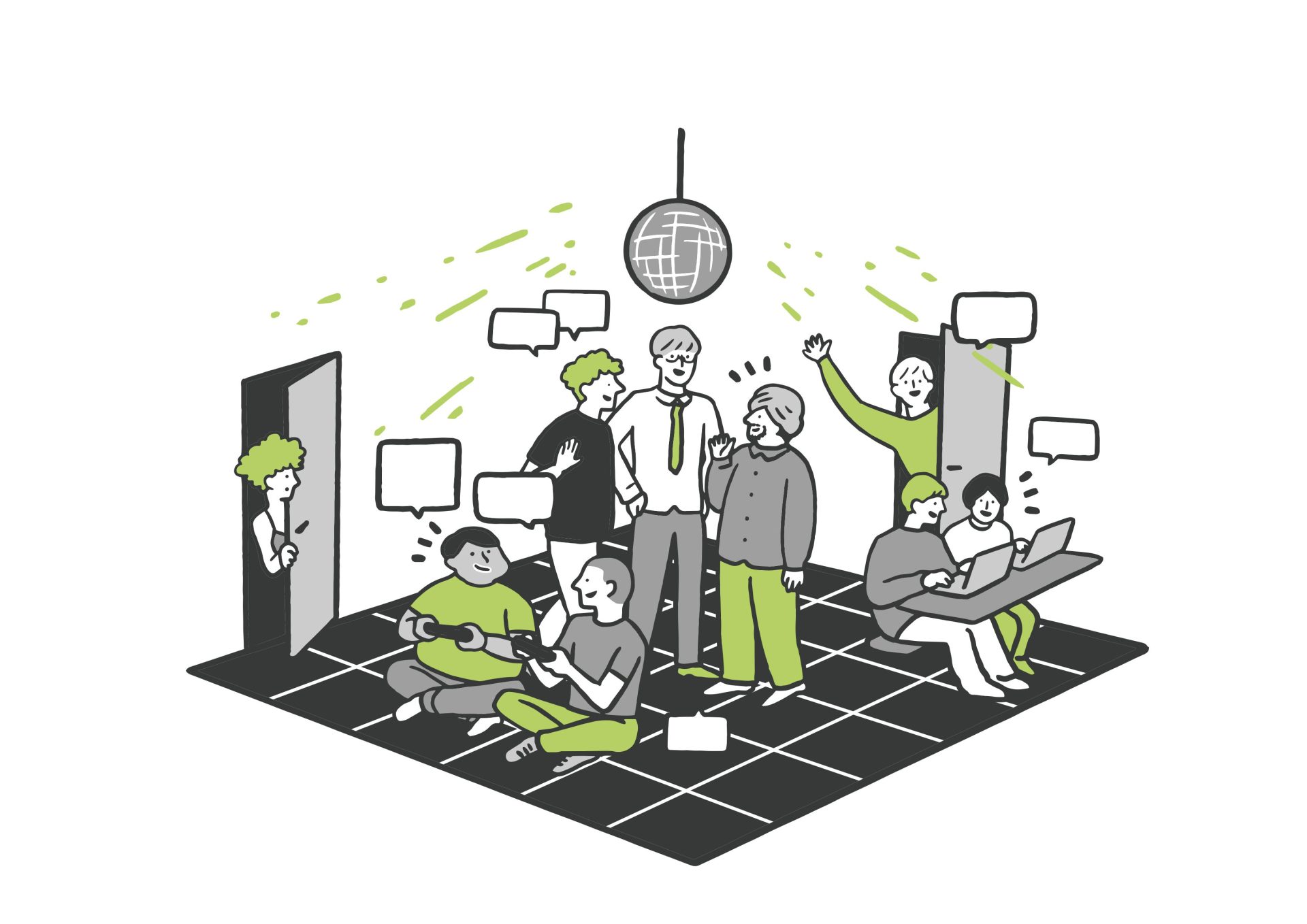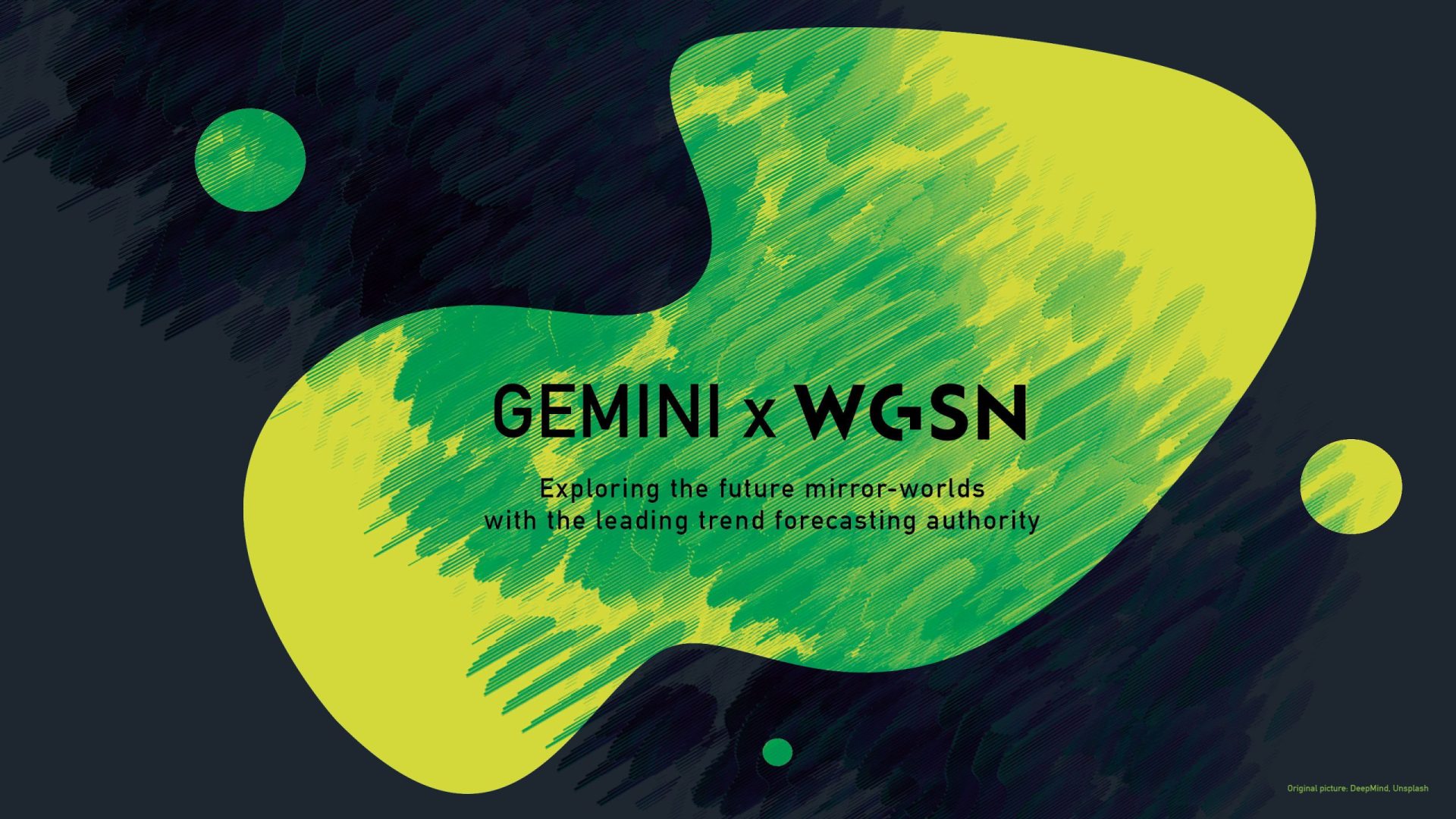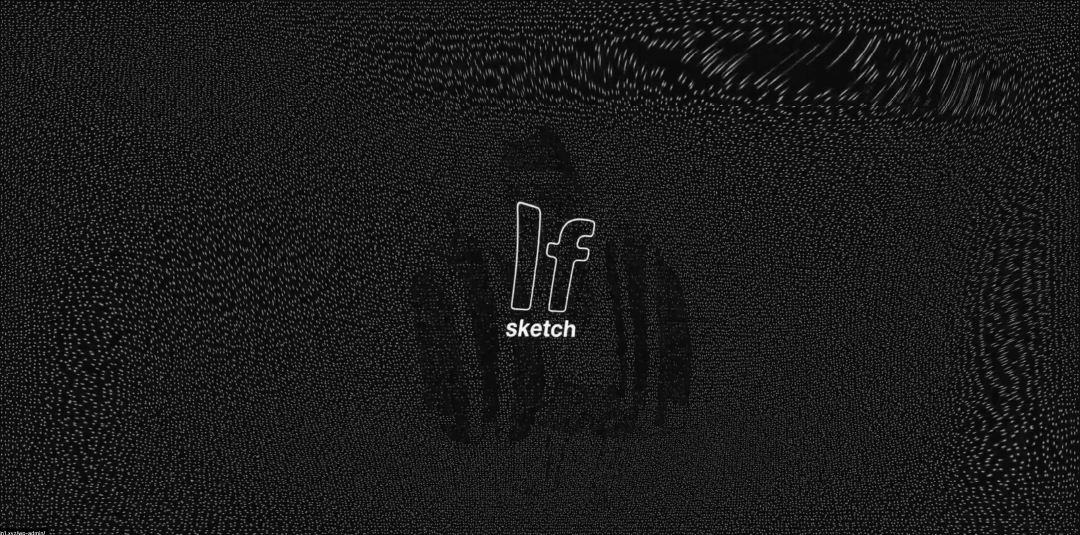“Shinsei Galverse” is a generative NFT project of 8,888 “Gals”, inspired by the magical girl and cyberpunk anime of the 1980s and 90s. They are created by randomly combining backgrounds, bodies, facial features and clothing. Some feature lavender skin, bright red hair, and even metallic space antennae. Although each of them look different, and are inspired by different facets of the Gal fashion tribe and Japanese fashion history, all members of the Galverse have a mysterious personality that makes them easy to identify them as a “Gal”.
All 8,888 Gal NFTs sold out just a few hours after they were released on April 14, 2022. The total transaction volume reached 1,000 ETH just hours after the sale began (equivalent to nearly 400 million yen at the time), making it a popular project that held the highest sales volume in the world on major NFT marketplace OpenSea, for days after selling out. Why did Galverse capture the hearts of so many people? And what kind of creation will this success lead to in the future? We interviewed the founders, multimedia artist / entrepreneur Emi Kusano, and animator / NFT artist Ayaka Ohira.
”We are the strongest!” 8,888 Gals who don’t back down
Ayaka: What we both have in common is the “futuristic and nostalgic” feel of our artistry. I wanted to incorporate my favorite 1990s shoujo anime and Gal sensibilities, and fuse the future with the past. The innovation of NFTs, the next-generation Internet called Web 3.0, and the futuristic landscape realized by the Metaverse were very compatible with the theme we wanted to express.
Emi: Many generative NFTs are made up of 200-500 components, but Ayaka drew 2,300 layers for Galverse. Thanks to that, the response from overseas core NFT fans was also good, and even without explaining the context of Gal culture, they saw the characters of Galverse with various skin tones, hair colors, and makeup, and in an instant they understand that they’re “badass Gals”. The power of Ayaka’s artwork is great.
Ayaka: I strongly expressed the straight-shooting Gal mind that says, “We are the strongest.” In addition to magical girl anime, I love science fiction anime such as “Akira” and “Ghost in the Shell”, and the art of Galverse reflects that influence. Some Galverse holders said that it reminds them of “Dragon Ball”, so I’m glad that they’re looking at Galverse through memories of their childhood and their favorite anime in those days.
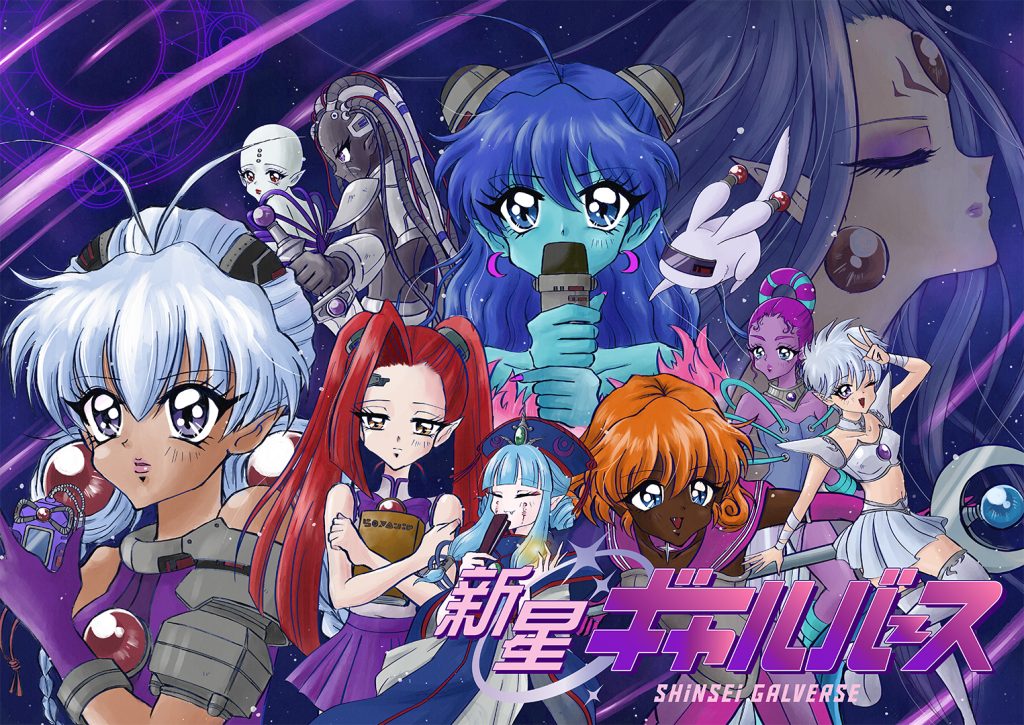
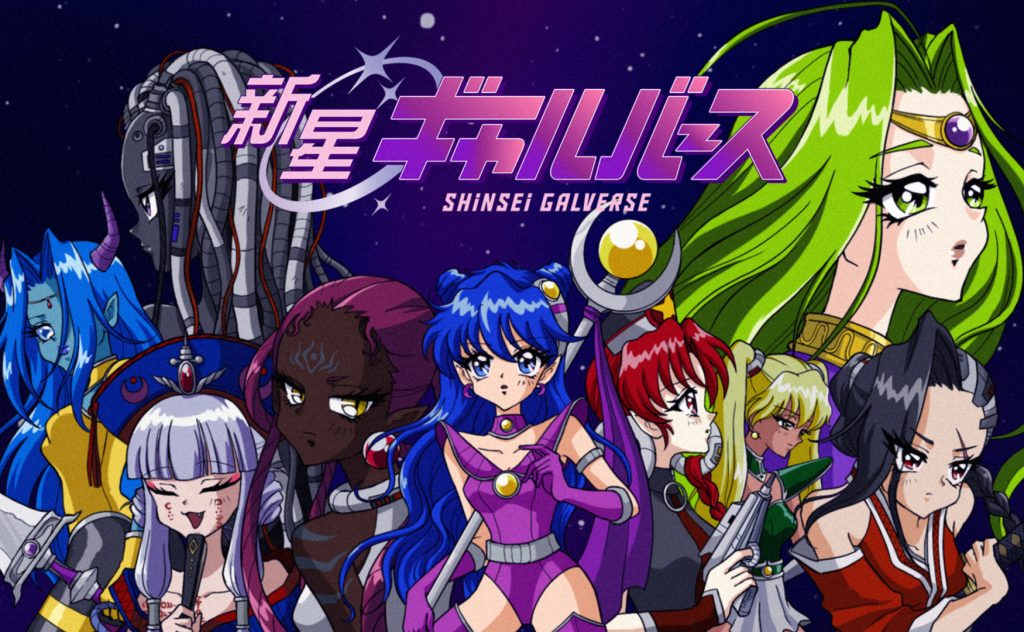
The diversity of the fanbase behind Galverse
NFTs have proved to be a major event for the internet. The volume of trading was so high that 2021 was called “the first year of the NFT Era” and the “NFT bubble”. Despite that, there are many Japanese who say that the first NFT they bought is Galverse, even though it is not popular in the mainstream.
Additionally, while the majority of holders of NFT project originating in Japan tend to be Japanese, Galverse holders are extremely diverse in terms of nationality and gender. Was there some sort of ingenuity or intention that makes it loved by everyone from NFT newcomers to enthusiasts around the world?
Emi: I opened a crypto (virtual currency) wallet in April 2021. My son Zombie Zoo Keeper’s NFT art was exhibited in August of the same year, and Galverse was launched in April 2022. It’s hard to believe that I was a total beginner just a year ago and all that’s happened in that time.
Zombie Zoo Keeper’s NFT art has become so popular that it has been featured on TV, and I, as a mother myself, have had more opportunities to talk about what NFTs are on educational programs and the news.
Still, the number of NFT holders in the world is still quite small as a whole, so we are a minority. Considering the fact that there are less than 10,000 holders in Japan, Galverse shows how widely we can spread NFTs as an IP (intellectual property) throughout the world. We needed to make people who are still unfamiliar with NFTs aware of possibilities, with Galverse as the entry point.
Ayaka: Emi speaks English, so I think it’s important that she actively participated in the Twitter Spaces of English-speaking NFT holders and continued to appeal to them about Galverse. Having worked as a freelance animator myself, I’ve come to feel strongly that no matter how good a work you make, it’s meaningless if it doesn’t get out into the world and get seen. Emi is an important presence because she carefully spreads the message of the work from her own mouth, as opposed to just performing publicity that prioritizes efficiency.
Emi: In order to make Galverse known throughout the world, I used my own artist activities and my past experience working for a large company to become a role model for Web 3.0. I was trying to behave like a one-person advertising agency.
NFT projects usually begin by handing out pre-sale slots called a “mintlist” to communities with an affinity for that particular project, but for Galverse, we went out of our way to find diverse communities, like those focused on Asian countries or women in Web3. When I go to parties related to NFT projects, most of the people there are white and men, but the Galverse party that we held in New York was well received also with regard to the race and gender balance of the attendees.

Ayaka: I was really happy that the illustration of “Galverse” was posted on the monitor at Times Square during the global NFT festival “NFT.NYC 2022”. Among Japanese NFT projects, many of which are “moe-kei” (manga/anime featuring youthful or innocent girls with a focus on “cuteness”) drawn from a male perspective, Galverse, which has the motif of the girls we admired when we were girls, was able to stand out in a good way.
And actually, the Gals in Galverse have no gender. The TV and anime that you watched when you were little had a great influence on you, and they are imprinted in your deep consciousness to the point that you don’t even realize it. So what I want to do with Galverse is depict a world free of discrimination or barriers as a matter of course, and use it to break down various stereotypes.

Emi: Once stereotypes are imprinted, it becomes difficult to imagine things outside of them, and it becomes difficult to create existences that can serve as role models for a diverse range of people. For example, in the past, Asian actors who aspired to work in Hollywood may have given up even before they tried, thinking, “People of color just can’t make it in Hollywood.” Having these kinds of stereotypes imprinted on you and keeping you from what you really want to do without you even knowing is a huge waste, I think.
I believe that Galverse has been successful as a result of the balance between not only the attractiveness of the images, but also the concept and the ability to spread it.
NFTs as an opportunity to think about “creation” and “money”
There’s also another issue. The two are aiming to improve the social status of creators through Galverse in order to change Japan, which has insufficient art education needed to survive in the market. “Galverse” is a word coined by combining “Gal”, “Metaverse”, and “Universe”. The two fused three cultures that have been supported by enthusiastic fans and strong communities, and actively created a great deal of buzz.
Emi: The current NFT trend is project-specific. Creators need to clearly present a roadmap of how they want to proceed with the project and what kind of unique experience they can provide, and NFT enthusiasts will use that roadmap to decide whether or not they will spend their money on it. It’s like crowdfunding with a liquid asset, supported by holders who sympathize with the project. We’ve given lots of presentations about the prospects of the project, such as the Galverse anime, which is also set as a goal, and the production of merchandise and V-Tuber activities as side content.
When it comes right down to it, NFTs approach the desire to own intangible digital data and experiences, or the desire to purely support creators, so considering the needs of holders, I think we made the right decision by conveying the message of our work directly from our own mouths.

Ayaka: Art and the market are inseparable, and we believe that NFTs are a means of raising funds for creators that allow them to move on to their next creations. Thanks to the funding we got, now I can focus solely on the production of Galverse. A lot of people in Japan tend to shy away from talking about money, but I think it’s something that should be properly considered in order to nurture good creations.
Emi: It would be great if NFTs could serve as a catalyst for financial education and thinking about money. My son also has the experience of earning money through NFT art, and he began to worry about how much tax will be deducted from sales, where the tax will be used, and even the classification of national tax, municipal tax, liquor tax, and so on. He’s even asked me, “Do Disneyland tickets count as a business expense?” (laughs) He asks me questions that even I don’t know the answers to, so we quiz each other and learn together.

The real pleasure of virtual life is being able to become who you want to be
While the offline community has weakened due to the COVID-19 pandemic, NFTs have succeeded in creating a new relationship between creators and holders, and a strong community among holders. The Galverse community, where “anyone with a Gal mind is welcome regardless of gender or nationality”, is particularly active. Through daily exchanges on Discord and Twitter, it is said that fun images of the fusion of the real and the Metaverse spring up one after another.
Emi: It seems that when you choose your favorite Gal from the 8,888 bodies and buy it, you grow attached to it. Some people were even inspired to dye their own hair blue after buying a Gal with blue hair. The flashy nails and hairstyles that are physically impossible to have in the real world can be enjoyed to your heart’s content in the Metaverse. Isn’t it wonderful that your Metaverse self can support your real-world self?

Ayaka: I think the real thrill of virtual life is being able to become who you want to be. Galverse has a wide range of “kawaii” aspects to it, and there are Gals with features that cannot be achieved in the real world, such as iron skin and antennae. In my personal opinion, there has always been and always will be a desire to show off newly purchased clothes and bags on social media, but I feel that the venue for that appeal will gradually shift to the Metaverse.
Emi: Certainly. I think there are some people who only worry about looking good on social media and have trendy fast fashion items for each season, but even so, these days there seem to be a lot of people who buy brand-name products with the idea of selling them later on, so they’ll keep the tags and check the price ranges for these items. Virtual fashion seems to be a good match for today’s younger generation, who naturally prefer sustainable practices.
Ayaka: In the future, even if you’re actually just wearing a T-shirt and jeans, if you can enjoy makeup and fashion as you want just by passing it through a virtual filter, the object of material desire will shift from the physical to the digital realm. If that happens, then surely you’ll naturally stop buying things, which makes it sustainable.

What is “Anime in the Web 3.0 era” that will breathe new life into a centralized industry?
In Discord, in addition to these fashion-related lifestyles, opinions are also being exchanged on manga, which is the side content for Galverse, V-Tubers, and future developments including making the anime. With regard to the anime, they sometimes ask holders to suggest names for planets and characters.
Ayaka:Recently, I’ve been drawing a Galverse manga and releasing it exclusively to holders, but it feels like we’re all making it together. Holders come up with names for characters and planets that we would’ve never thought of. We can fantasize together about the characters’ personalities and lives, so it’s always fun and exciting.
Emi: We’ve also started a project to turn all of the Galverse avatars into VTubers, and on our Discord server there’s a channel where our VFX engineer can show the process of creating VTubers, and also one where people can listen to my songs.
Galverse is a story about a mother planet splitting apart and the Gals from each of the planets that broke off from it running around the universe to bring peace to the galaxy. You can close your eyes and take yourself to a place called the “Brink of the Universe”, where all the Gals can share their consciousness. Even in the real world, various people from around the world gather in the holders-only Discord chat morning, day and night, and communicate with each other frequently, so I feel that the story and reality are linked.
Ayaka: That chat is also a place to exchange opinions about making the anime, so there’s a strong sense that the anime is being made by all the Gals. Thanks to that, the production of the anime is progressing smoothly. Typical anime productions have strictly managed copyrights and merchandise sales rights, but since Galverse is an “anime in the Web 3.0 era”, so even if it’s not copyright-free, anyone can create merchandise for it as they wish. This is a new approach to the animation industry that we’re looking for.
The animated version of “Shinsei Galverse” is infused with Web 3.0 metaphors in the content itself. Expectations are high for what kind of impact the new era of anime, created using a decentralized structure, will have on individuals, society, and the conventional anime industry.

Guest Profile
-
Emi Kusano
Shinsei Galverse Co-Founder / Creative Director
Emi Kusano
Shinsei Galverse Co-Founder / Creative Director
Emi Kusano Is An Icon Of The Web3 Era In Japan. Her 9 Year Old Son's NFT Collection, "Zombie Zoo", Became Japan's First NFT Animation In Partnership With Toei Animation. She Is The Co-Founder Of Community-Driven Anime Project Shinsei Galverse, Which Ranked First In The World For NFT Sales Volume For Days After Its Launch In April 2022. Emi Is Also The Lead Singer Of Synth-Wave Band ‘Satellite Young,’ A Published Author, Multimedia Artist, A Lecturer At The Prestigious Tokyo University Of Arts, And Has A Show On National Television In Japan. She Regularly Appears In Media Across The World To Talk About NFTs And Web3.
- Emi #GalverseArtMatsuri(@Emikusano) / Twitter: https://twitter.com/emikusano
-
Ayaka Ohira
Shinsei Galverse Co-Founder / Lead Artist
Ayaka Ohira
Shinsei Galverse Co-Founder / Lead Artist
Video Creator/Illustrator/NFT Artist. She Creates Animation-Based Video Works And Has Created Artwork For Many Major Artists And Hip-Hop Artists Such As M-Flo, BAD HOP, And JP THE WAVY. She Is A Creator Who Incorporates The Essence Of Diverse Cultures Into Her Nostalgic Style To Present A Unique Worldview.
- AYAKA OHIRA (@Ayaka_oohira) / Twitter: https://twitter.com/ayaka_oohira
Co-created by
-
Mami Hidaka
Writer
Mami Hidaka
Writer
Artist/Writer. PR Assistant For NFT Related Companies. Born In Tokyo, Japan. Graduated In 2018 From The Department Of Painting, Tama Art University, With A Major In Oil Painting, And Awarded The Prize For Excellence In Graduation Works. As A Contributor To The Art Magazine "BIJUTSUTECHO" Since 2018, And Also Writes For "I-D", "Tattva", "BRUTUS", And Other Publications, Focusing On Contemporary Art And Capturing Culture From A Variety Of Perspectives.
-
Shigeta Kobayashi
Photographer
Shigeta Kobayashi
Photographer
Born In Niigata, Japan In 1985, Photographer. Focusing On The Layering Of Human Physical Actions And Flows In Nature, He Creates Photographic Works By Treating The Materials He Photographs As Fragments Of These Layers. His Recent Works Include "AURORA" (2019) And "Cairn" (2020), Which Were Taken During His Two Consecutive Visits To Iceland. In "Stratum" (2022), Based On The Experience Of His Second Visit To Iceland, He Uses Photographs That Remain Vivid As A Record Of That Visit To Establish The Fluctuation Of Memories That Fade Over Time. In Another Work, "Yoha" (2020), Based On Photographs Taken Of The Indigo-Dyeing Process In Tokushima, Expresses The Act Of "Dyeing" As Printed Matter.
Tag
Share
Discussion
Index
Index
Archives
Recommend
Recommend
Recommend
Recommend
Recommend
-

{ Special }
Memo Space Database of People’s Memories
Memo Space Database of People’s Memories
Memo Space Database of People’s Memories
-

{ Prototype }
A Digital Twin That Degrades Over Time ─ Yasushi Sakai “GEMINI EXHIBITION: Debug Scene” Artist Interview 01
A Digital Twin That Degrades Over Time ─ Yasushi Sakai “GEMINI EXHIBITION: Debug Scene” Artist Interview 01
A Digital Twin That Degrades Over Time ─ Yasushi Sakai “GEMINI EXHIBITION: Debug Scene” Artist Interview 01
-

{ Special }
A Mirror World of Asynchronous Space & Time
A Mirror World of Asynchronous Space & Time
A Mirror World of Asynchronous Space & Time
-

{ Special }
Late-Night Energy Room
Late-Night Energy Room
Late-Night Energy Room
Hot topics
Hot topics
Hot topics
Hot topics
Hot topics
-

{ Community }
Scent Transcends Memory to Change Behavior. The Future of Digital x Olfaction, by Scent Marketing Pro Gouchi Hamada
Scent Transcends Memory to Change Behavior. The Future of Digital x Olfaction, by Scent Marketing Pro Gouchi Hamada
Scent Transcends Memory to Change Behavior. The Future of Digital x Olfaction, by Scent Marketing Pro Gouchi Hamada
-

{ Community }
The stage is a restroom designed by Tadao Ando. Possibilities of media mix that GEMINI pioneers.
The stage is a restroom designed by Tadao Ando. Possibilities of media mix that GEMINI pioneers.
The stage is a restroom designed by Tadao Ando. Possibilities of media mix that GEMINI pioneers.
-

{ Community }
“Conveying the Moment of ‘Now’ in History: Catalan Artist Xavi Bové’s Light Expressions”
“Conveying the Moment of ‘Now’ in History: Catalan Artist Xavi Bové’s Light Expressions”
“Conveying the Moment of ‘Now’ in History: Catalan Artist Xavi Bové’s Light Expressions”
-

{ Community }
“Designing with Heart: How Amanda Talbot is shaping a better future through emotionally intelligent AI”
“Designing with Heart: How Amanda Talbot is shaping a better future through emotionally intelligent AI”
“Designing with Heart: How Amanda Talbot is shaping a better future through emotionally intelligent AI”
-

{ Community }
Unearthing the Future: How ancient history can guide modern innovation with Darius Arya
Unearthing the Future: How ancient history can guide modern innovation with Darius Arya
Unearthing the Future: How ancient history can guide modern innovation with Darius Arya
-

{ Community }
Interview with Masayoshi Yokoyama from Ryu Ga Gotoku Studio. Talks about reality in games and the future of the industry
Interview with Masayoshi Yokoyama from Ryu Ga Gotoku Studio. Talks about reality in games and the future of the industry
Interview with Masayoshi Yokoyama from Ryu Ga Gotoku Studio. Talks about reality in games and the future of the industry
-

{ Community }
The new form of pilgrimage. What is the border of real and fictional worlds that Petra Szemán pictures?
The new form of pilgrimage. What is the border of real and fictional worlds that Petra Szemán pictures?
The new form of pilgrimage. What is the border of real and fictional worlds that Petra Szemán pictures?
Special
Special
Special
Special
Special
Featured articles spun from unique perspectives.
What Is
“mirror world”...
What Is
“mirror world”...
What Is
“mirror world”...
What Is
“mirror world”...
What Is
“mirror world”...
“mirror world”... What Is
“mirror world”... What Is
“mirror world”... What Is
“mirror world”... What Is
“mirror world”...
Go Down
Go Down
Go Down
Go Down
Go Down
The Rabbit
The Rabbit
The Rabbit
The Rabbit
The Rabbit
Hole!
Hole!
Hole!
Hole!
Hole!
Welcome To Wonderland! Would You Like To Participate In PROJECT GEMINI?


